It was while slipping through yet another curve, grabbing second gear, and nailing the throttle, listening to the enormous V10 engine bellow, that I realized how ridiculously fortunate I was. Not only was I driving the newest Dodge Viper but the day, which had started out black and wet, had become sunny and dry and I was finally able to rip across nearly empty back roads without fear of those enormous Pirelli P-Zero tires slipping on the wet asphalt (easier than you’d think!) and looping me off the road into the trees.
I soon caught up to some slower traffic, being led by a ponderously slow RV. As I waited for the right moment to pass, I had a little time to reflect and it occurred to me that by driving the Viper, my automotive life had come full circle. You see, the Dodge Viper was the car that first got me interested in cars in the first place. Way back in 1989 (yes, I’m old enough that I remember it), Dodge introduced the Viper concept car at the Detroit Auto Show to thunderous applause and massive excitement. Buoyed by massive public support, they then announced that they intended to produce it for sale.
After almost two decades of dull, boxy, underpowered, disappointing cars, the Viper was nothing less than a promise that things would get better. It took the most revered American icon of yesteryear, the Shelby Cobra, and updated the concept with modern technology and design flair. It had exciting muscular, retro-futuristic styling, huge tires, and an enormous V10 engine that made 400hp. 400hp at a time when the Corvette made 250hp. It fired my imagination and made me re-think what a sports car could be. SHOULD be. If cars could be like the Viper, like a living cartoon fantasy, the future was suddenly full of promise and potential. I fantasized about that car for years, following every update as they developed it in the public eye, teasing the automotive press.
Now five generations, three body styles, an extra 245 hp, and 27 years later, I was finally driving the very car that got me interested in cars and I was loving every minute of it. It was better than I imagined, but it was also a bittersweet moment. You see, Dodge has announced that after 25 years of production, they’ve made the difficult decision to discontinue the model due to slow sales.
Why it’s not selling well is beyond my comprehension. This has to be the best Viper yet and I’m genuinely surprised there’s not a waiting list for it. It’s come a long way from it’s introduction – further than I expected. Frankly, after 25 years of reading reviews, my expectations were that the car was going to be of creaky kit-car build quality with clunky driver controls, too much power and heat, and though I knew it could handle, I still suspected that the suspension had to be constantly wrestled with to squeeze any performance out of it. Instead, I was delighted to find fantastic build quality, a well-finished and extremely comfortable leather-covered interior, intuitive and stable handling, and massive power that was tamed and controlled by modern stability and traction control systems.
The car that Fiat-Chrysler graciously loaned us was an Orange-Red Viper GT with vivid red racing stripes (a $5,000 option, but so worth it). It had the GTC package, which allows buyers to customize a Viper beyond the standard pre-packaged offerings. Every option package from every different trim level becomes available. You can either select a color from the pre-selected color palette or select any other color under the sun. Dodge then ensures that no other Vipers will leave the factory with your combination of colors and options. You essentially have a car that was custom built for you that is unlike any other Viper built. A “one-of-one” special edition, if you will. When I inquired about the color of our test car, I was told that the color didn’t officially have a name but was being referred to internally at Fiat-Chrysler as “Go Mango.” Subtle it was not, but outrageously fun it was. Our car had the high-end quilted Laguna leather interior of the GTS line, and the carbon fiber package from the ACR line.
My first day with it didn’t go as smoothly as I hoped though. Perhaps because I had been conditioned by years and years of reviews that all parroted how “crude” it was, how rough around the edges it was, and how difficult to drive it was. Maybe I just needed some time to adjust, but I didn’t immediately fall for it. The interior was very nicely finished but it felt very tight and confining. The pedals were too close to the seat. The beltline was high, the roofline was low and visibility out was limited. The shifter was higher than what I’m used to and required more deliberate effort than i’m used to, but had throws that were tight and deliciously short. The steering was heavy. It was loud. Unlike most cars, the exhaust sound doesn’t get carried to the rear of the car before exiting. It dumps out the sides, right under the doors. And the engine note was unfamiliar to anything I was used to. It wasn’t as bad as a UPS truck like the comparison I’d read so often, but it sounded like a farm implement at idle and like a Mastercraft ski boat at freeway speeds. But the biggest problem I had was legroom. I’m 6’1” and even with the seat adjusted all the way back, I found the pedals too close to me. It made clutching and therefore smooth driving very difficult.
“So, what’s your first impression?” a friend asked when I met him for lunch.
“It’s claustrophobic, noisy, and difficult to drive smoothly,” was my immediate and honest reply.
It was only after I realized that the pedal box was adjustable that things improved. Once adjusted, there was almost 10” of extra legroom available. This made pedal work much smoother, the car much easier to drive, and I became more comfortable with exploiting its performance. It was a complete transformation. Now the car shrunk around me, becoming almost an extension of myself. The once claustrophobic interior suddenly began to feel cozy and cosseting. Driving it more aggressively I found that the engine makes superb noises above 3500 rpms as long as you push the throttle deeper. I became so addicted to the unique and furious engine sound that I began running to redline every chance I got. The harder I drove it, the more comfortable I became with it, and the more I began to realize that it’s not the car I’d been led to believe by years of reviews. It was a fantastically powerful and well-handling modern supercar.
And the more time I spent with it, the more details I noticed about it’s construction that impressed me. The enormous hood is made of carbon fiber, it’s exterior covered in SMC (Sheet Molding Compound), and it’s both beautifully manufactured and stupid-light. The rear hatch is also carbon fiber and the rear window appeared to be very thin, lightweight glass. The doors tinked like aluminum when i tapped on them. With so much carbon fiber and aluminum it’s easy to see how they managed to keep the weight low on the car at about 3300 lbs. Even more impressive is that the carbon fiber parts like the hood and rear lift-hatch are typically hand-laid pieces. They’re not stamped in a press by the thousands every day. They’re hand laid and epoxied and it’s a very time-consuming process. There’s skill in those parts. There’s love in those parts. This is, in fact, a very hand-built car, fussed over and built by people who care. The price tag began making more sense to me and I found myself wanting to visit the Detroit assembly facility where it was built to meet the people who spend their days putting them together.
On day two, everything was better. Stepping across the wide sill into the cockpit, into those well-bolstered and comfortable seats, I situated myself, pulled my seatbelt across me in a motion similar to a Catholic making the sign of the cross, and relished every second of pushing that big red Start button. The big engine exploded loudly to life, before quickly settling down to a quiet, slightly lumpy idle. This act of starting the car and listening to the big V10 shatter the silence with a bark became my new favorite little thing about the car. It never failed to put a smile on my face. Rough day at work? I’d go start the Viper. Gloomy, rainy weather? I’d go start the Viper. Dropped my only doughnut and the dog ate it? Yep….go start the Viper.
How would it do in everyday driving though? Actually, that was my biggest concern with this car. It turns out that it’s as easy to drive as a Dodge Charger. Despite the 645hp engine, the 600 lb-ft of torque, the light weight, the rear-wheel drive, and the reputation for being a handful, the Viper’s stability and traction control make it pretty docile to drive in every day traffic. Visibility out isn’t as challenging as I expected and between properly adjusted mirrors and a built-in back-up camera, parking is a cinch. The car is tractable at low speeds and the power steering makes turning those wide tires (10.4” wide in the front and 14” wide at the back) easy at low speeds. The engine makes so much torque it probably could have handled being driven around in third gear but I love shifting and the Viper’s gearbox and clutch are smooth, light, and easy to use. Even the air dam is high enough that I didn’t really have to worry about parking barriers. You can dice in traffic with relative ease, squirting past slower cars on the freeway. In fact, most cars actually move over when they see you coming up behind them. Something I not only loved but exploited every chance I got.
It helps if you’re social because everyone notices it and everyone wants to get close to it. Everywhere you go, people stop and ask you questions about it, make comments about it, share their own Viper experiences, ask about your Viper experiences, tell you how lucky you are, take pictures of it, ask you to take pictures of them next to it. It’s kinda nuts. I literally drove through intersections and noticed waiting drivers filming me on their camera phones. And if you’re anything like me, you get it. You understand their fascination with the car because you’ve had a longstanding fascination with it too. Let’s face it, it’s a rare car. it’s an exclusive car. So I found myself being a good sport about it. I let young kids sit in the car to get their picture taken. I used other people’s phones to take pictures of them next to the car. I answered their questions. I popped the hood so they could see the engine. I popped the rear hatch so they could see the trunk. Because people love this car. It’s a mobile event. Everywhere you take it, it becomes a party, a celebration of itself and what the American automotive industry is capable of. People chase you down the highway, angling for a closer look, trying to film you on their camera phones, egging you on. Everyone wants to witness the performance of the car. They all want to hear the roar and watch it shoot away up the road.
You might as well oblige them in the little things, because you can’t really utilize its full performance on public roads. The Viper’s limits are so high that you really need a large track like Mid-Ohio or Road America to really stretch it’s legs. The best you can manage on public roads (preferably empty roads) is little stabs of performance to get an idea of what it’s capable of. I checked with a few local tracks but nobody had any availability the week I had the car. So I headed up north to a few of my favorite roads that I’ve run for years and know intimately; the kind of roads that present a bit of challenge to a driver and a car.
Of course, the day I chose to go started out dark and rainy. Just my luck – I have a serious driving machine at my disposal and storms roll in. I went anyway and drove in and out of rain for most of the morning. The car did just fine on the wet roads, though I couldn’t really push it. Even after it stopped I had to keep my enthusiasm reigned in until it dried out.
But by mid-afternoon it was completely dry and I was pushing the car as hard as I dared down empty two-lane back roads, letting her run a bit, listening to that fantastic engine bellow as we wound out second gear and part of third before braking to scrub off some speed before we crested a hill or just to get back down to the speed limits. Then we’d stab the throttle again and launch ourselves up the road all over again. The engine pulls like a Saturn V rocket – there’s nothing but huge torque from idle to 6300 rpms – and at full throttle the tach needle simply flashes across the gauge to peg out at redline, and you’re so entranced by the speed, by the roaring engine, that sometimes you forget to shift because you just want it to keep going, the engine to keep roaring louder, and the pitch to keep increasing, and the speed to just keep coming, and suddenly the rev limiter is choking the engine on-off-on-off-on-off but even THAT sounds great too, and even though you could listen to that rapturous cacophony for the rest of your life, you shift gears and start it all over again.
Then there’s curves coming, so you adjust your focus and you heel-toe downshift, blipping the throttle to match the revs as best you can, and dive into the first curve, gripping that fat wheel, guiding the car into the low side of the first curve, delicately feeding in throttle until you feel the rear end slip wide just *ever* so slightly before the stability control catches you, before laying into the throttle, and the engine note gets aggressive again and you feel the push back into your seat as the car lunges ahead towards the second corner, and you upshift before letting off the throttle, coasting down a little, preparing for the next curve. Again, you blip-shift down a gear, turn in on the high side of the curve heading the other direction, carefully feeding in throttle before the road straightens and then nailing the throttle and feeling the back end squirm as the engine’s immense power overwhelms the enormous rear tires with a roar before the traction control intervenes again, and you shoot up the road with alarming intensity, like you’ve just been catapulted, before braking a bit to scrub off some speed in a desperate attempt to stay at least somewhat close to the speed limit. The brakes are exceptional. The Brembo calipers and large slotted and vented discs are completely up for the job of stopping the car right NOW. They instill utter confidence.
We quickly begin to catch up to slower traffic, let off the throttle, and coast right up behind them. A passing zone comes and we don’t hesitate to make our move. We downshift, step out, and rocket past them, the exhaust noise echoing off their doors as we flash past. Tuck back into our lane, brake to scrub off a LOT of speed, and watch as they come tearing up behind to get a better look at the car. Who was it that always said “Give the people what they want”? Well, people want to see the Viper driven as intended. They want to witness it’s raw fury and it’s handling abilities. So you downshift, throttle down, and shoot away from them so quickly that they have no chance to catch up, though they try anyway, hoping for a repeat performance to tell their friends about and maybe catch a snippet of blurry, shaky video to share.
But as much fun as we’re having, as fast as we’re daring to drive on these roads, and as quickly as we’re taking these corners, we can’t escape the fact that the car really isn’t even trying that hard. You can almost hear it yawn after what feels like a particularly heroic drive and we realize that without a track, we’re never going to find the car’s true potential, but it’s still incredible fun to push the car through these corners faster and more effortlessly than we’ve ever taken them before in anything else. Your reflexes quickly step up their game and soon you’ve adjusted to the cars abilities, responses, and speed. You could push harder yet, you just know it, but you share these quiet roads with other drivers: families in minivans, fathers in work trucks, grandparents in Camry’s, and the odd police car. Deer are about, lurking in the trees, hopefully staying off the roads. You have to balance responsibility with your quest for performance driving, so you can only experience the performance in small doses when traffic clears and allows it.
There were a few times on narrow backroads that the road got rough and we were surprised to find the car getting a little floaty at speed. The GTC comes standard with duel-mode “Street & Track” suspension that allows you to change it with the touch of a button. When you start the car, it defaults to Street suspension, which does a fantastic job of soaking up bumps and rough pavement. It’s very livable as a daily driver, and a friend that I run track days with was pleasantly surprised at how well it handled the rough road sections around town. It was firm but never harsh. When running rural roads at speed however, switching over to track suspension (just push the button with the coilover shock icon that says “Track”) changed everything. The suspension instantly became more firm and felt more buttoned down, more confident, more glued to the road. Even though it’s firmer, it’s still not harsh. I could have driven around on the Track setting all week and not been bothered by it. It’s still way more pleasant than the hardcore racing shocks that come standard on the Viper ACR.
The gearbox took a little getting used to. 1-4 are tightly arranged in a standard H pattern but 5-6 are offset a bit to the right. So going from 2nd to 3rd is much tighter and closer than from 4th to 5th. I suspect that it’s because during hard driving, you use 1st through 4th more than 5th and 6th so they separated them a bit so as not to confuse the driver or allow him to accidentally downshift from 5th to 2nd. Once I realized how it was arranged, I had no issues and found it reassuring.
My impression of the interior, which I originally had found claustrophobic, changed quickly. It was still small, but I quickly adjusted to it and quickly found it comfortably cocooning. There was plenty of legroom. The small, thick wheel felt meaty and solid in my hands. The controls all felt like quality pieces, worked well, and fell readily to hand. Lots of people who sat in it remarked about how much headroom the car had. At 6’1”, I could have easily worn my helmet in the car and never touched the headliner. You can tell that it was meant to be taken to the track. The seats were amazingly comfortable and very attractive with a stylish composite seatback. The pronounced bolsters did a great job of holding me in place through fast corners and were never uncomfortable or in the way of my arms when shifting or driving. In fact, on my day up north, I logged 14 long hours in the seats and was never uncomfortable once. That’s a true testament to their comfort, in my opinion. The wide, hot sill made getting in and out a little challenging for some passengers, but if you knew to be careful you could do it without incident.
The dash was leather-covered with stitching that I’d swear was designed to emulate a racetrack. It was a double-stitch that created a “lane” and wound around the dash and center console with what looked like great race track curves. In fact, the one that fell off the dash down the center console nearest the driver kept reminding me of the drop before the front straight at Road Atlanta. Alcantara covers some surfaces, including the interior of the roof.
The interior can get a bit “boomy” at a certain rpm when the windows are up. It’s a sonically uncomfortable resonance that doesn’t last long, but it can hurt your ears a bit. Thankfully it’s not at a rev point that you spend much time at except when winding the engine out. I don’t recall experiencing it during normal daily driving situations. Cracking a window eliminates the problem.
The many electronics work well. There’s all the usual luxuries found in today’s FCA cars: sat nav; touch screen controls for climate control, radio, SRT Performance Pages readouts (oil temp, pressure, battery, etc.); steering wheel controls for radio, cruise, and traction and launch control; usb ports for media interaction; rear back-up camera. I had no issues with any of it.
The only disappointment was the “Harmon Kardon 18-speaker High Performance Audio System.” This $1995 option was very disappointing. The sound quality was muddy and distant, with a complete lack of mid-range. I certainly wouldn’t recommend it. Thankfully, the sound of the engine at speed is much better than any recorded music and more than makes up for it. Save the money; put it towards the stripe package.
The trunk was a pleasant surprise. While there’s a shallow passover shelf behind the seats that leads to the rear storage area, the rear area under the hatch is deep and wide and capable of carrying golf club bags or several bags of groceries. There’s a surprising amount of room back there and after sitting in the cockpit, many people were surprised at how much room there was in the trunk. They expected that it would be completely impractical, more focused on going fast than hauling groceries and dog food home. Kudos to Dodge for realizing that even Viper owners need some practicality in their lives. The trunk doesn’t hold a spare tire but instead holds a portable air compressor with built-in sealant kit. The battery and other electronics are also located under the floor of the trunk.
Under the large clamshell hood is the heart and soul of the car: the immense 8.4L V10 engine. It dominates the engine bay, caged under a large aluminum X-brace. Flanked by the large 10.4” wide tires and the compact coilover suspension, it’s a beautiful-looking engine that always draws an appreciative whistle from onlookers. Its immense pistons create some minimal vibration in the chassis of the car, sort of like the lumpy big-block American V8s from the sixties, which only adds to the engine’s mystique and character. ‘Murica!
And while it likes to run, it also likes to drink. It’s a thirsty engine; more so when you’re driving it hard. The EPA has it rated at 12 mpg in the city and 21 mpg on the highway, but if you drive it hard, it’ll be less. It has a smallish 16-gallon fuel tank. I think I filled it at least once every day I drove it, and afterwards I totaled my receipts to find that in 6 days, I’d filled it up with premium fuel a total of 7 times to the tune of $256.00. It was so worth it though. I mean, it really shouldn’t surprise anyone that an 8.4L V10 engine is going to consume a lot of fuel during hard use. You expect that going into it. And given how the Viper turns that fuel into a big wide grin and a shot of adrenaline to your system, it’s totally worth it.
It’s extraordinary that Dodge has built an absolute animal of a sports car, which should be more at home on a track than on the street, and they’ve injected so much civility into it that you could drive it every day. Even my wife was completely smitten, and she generally prefers a more comfortable, more practical vehicle. Truly, this generation has to be the best of the Viper line. It’s an amazing car that delights everyone who sees it – even more so everyone who gets a chance to ride in it. After the Viper line is shut down and no more are being built, this will be the model that everyone wants.
I came away enthralled by this car. I’ve always liked Vipers but had been led to believe that they were a one-trick pony, too rough around the edges, perhaps a little too crude to be desirable. I had my expectations destroyed and my opinion changed 180-degrees by this gorgeous machine. It’s now on my “some day, some how” list. Somewhere near the top, actually.


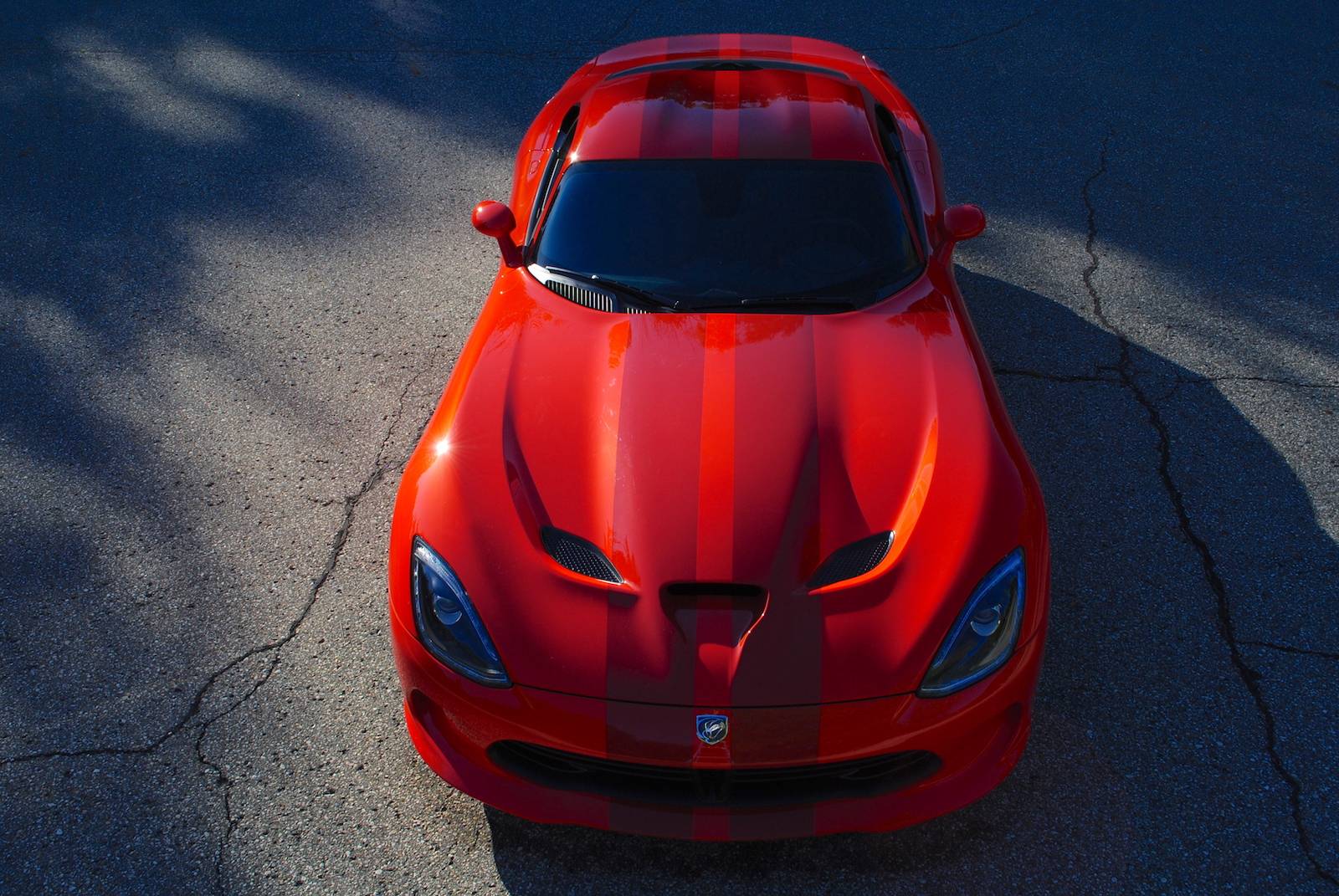

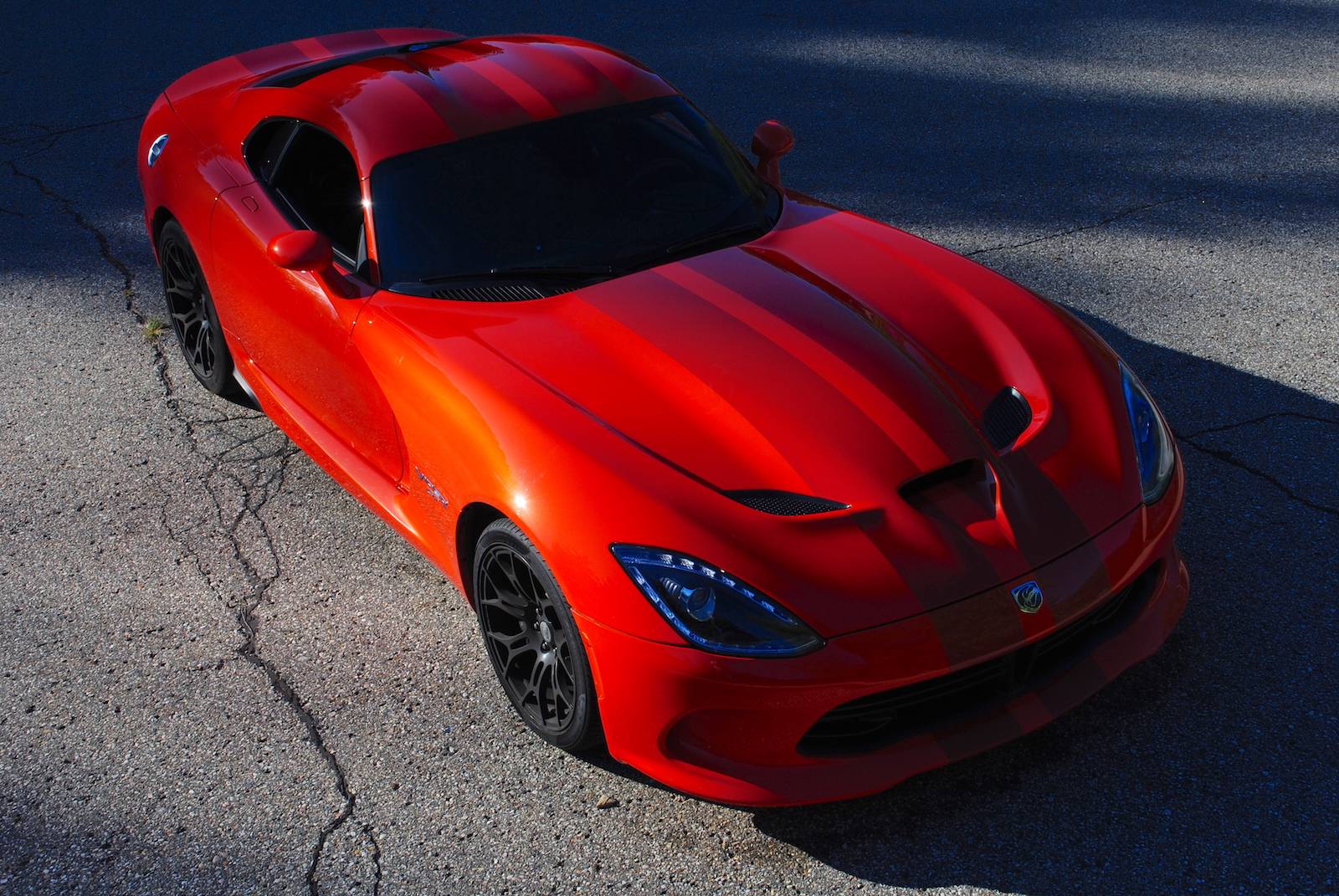
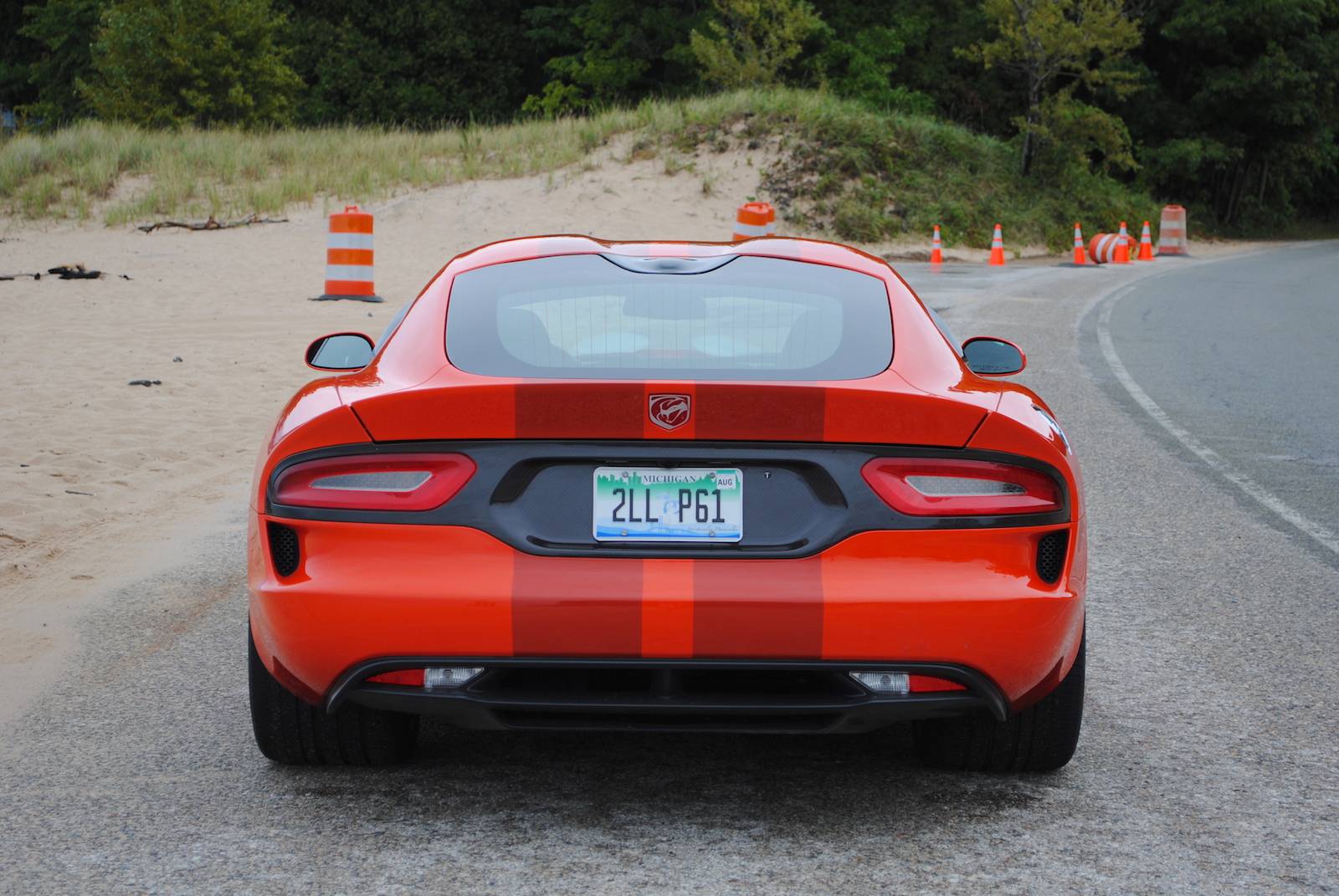
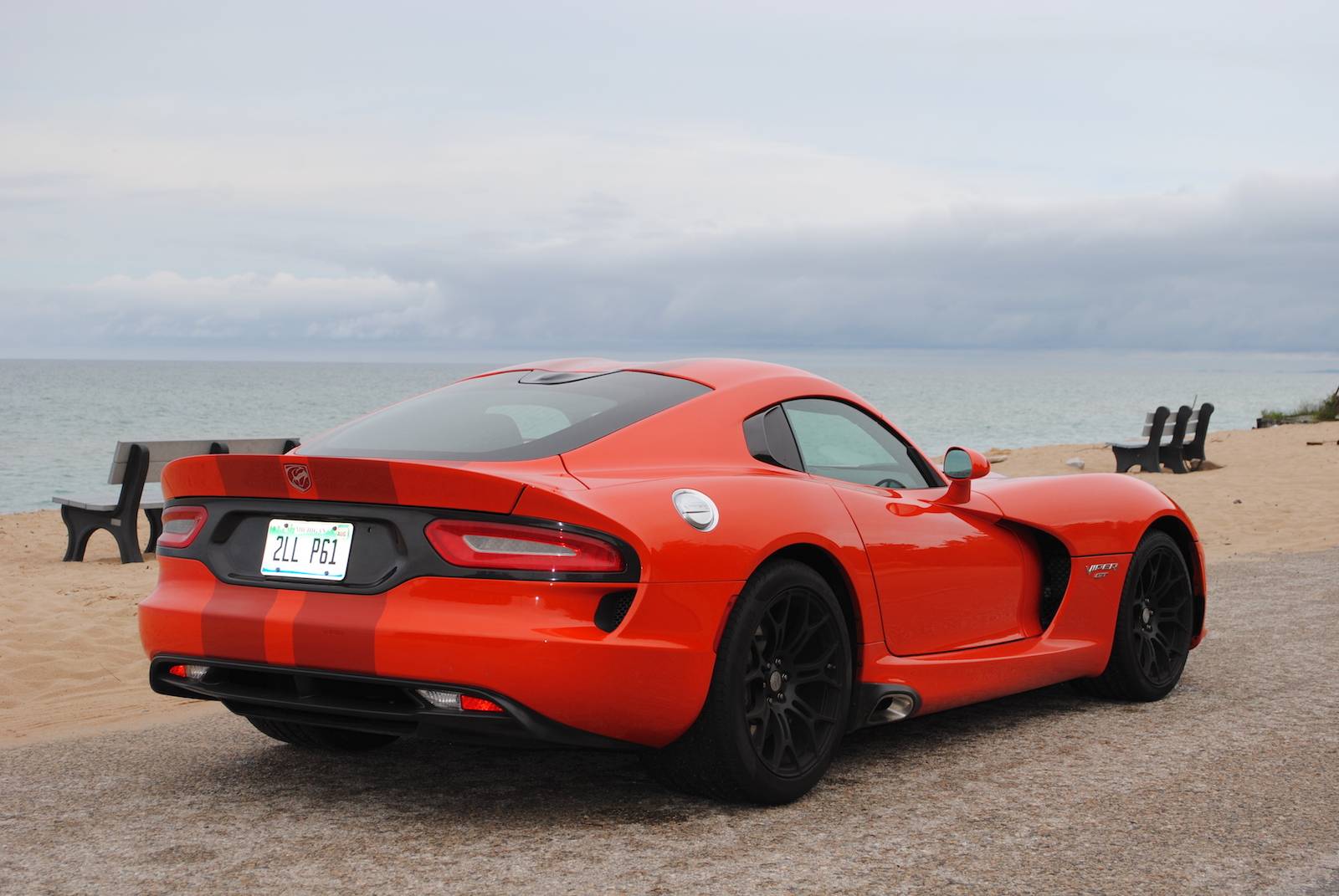

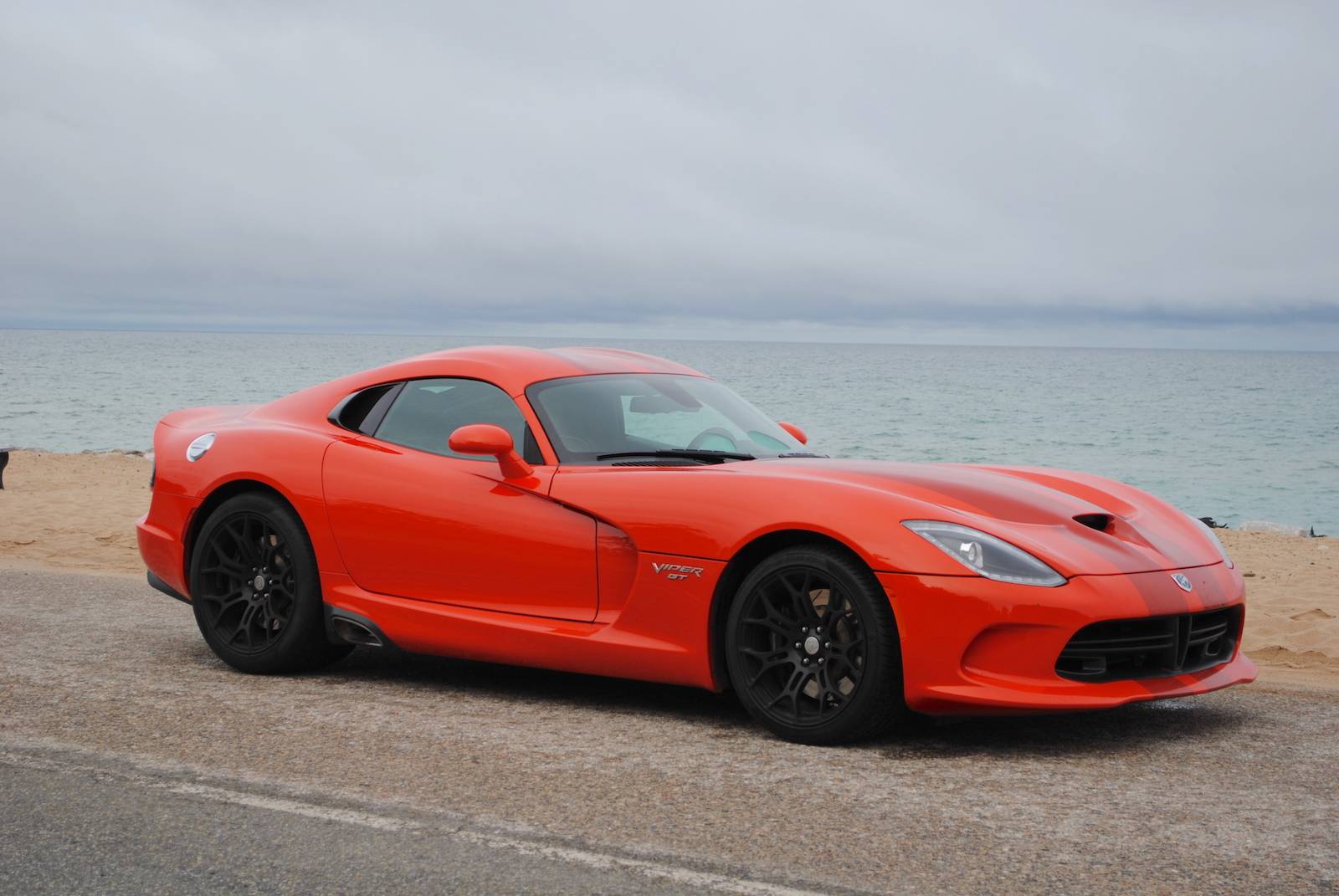
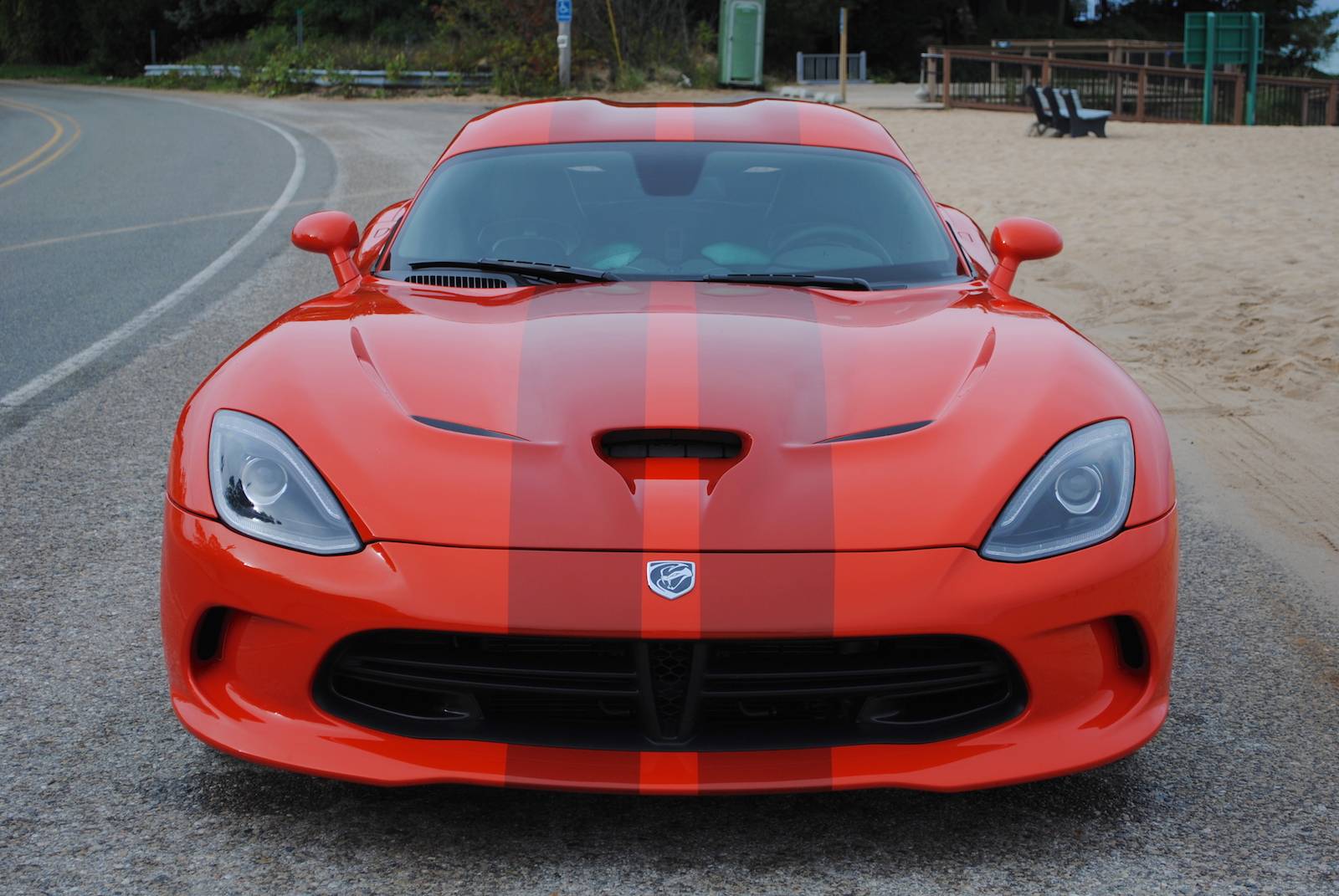
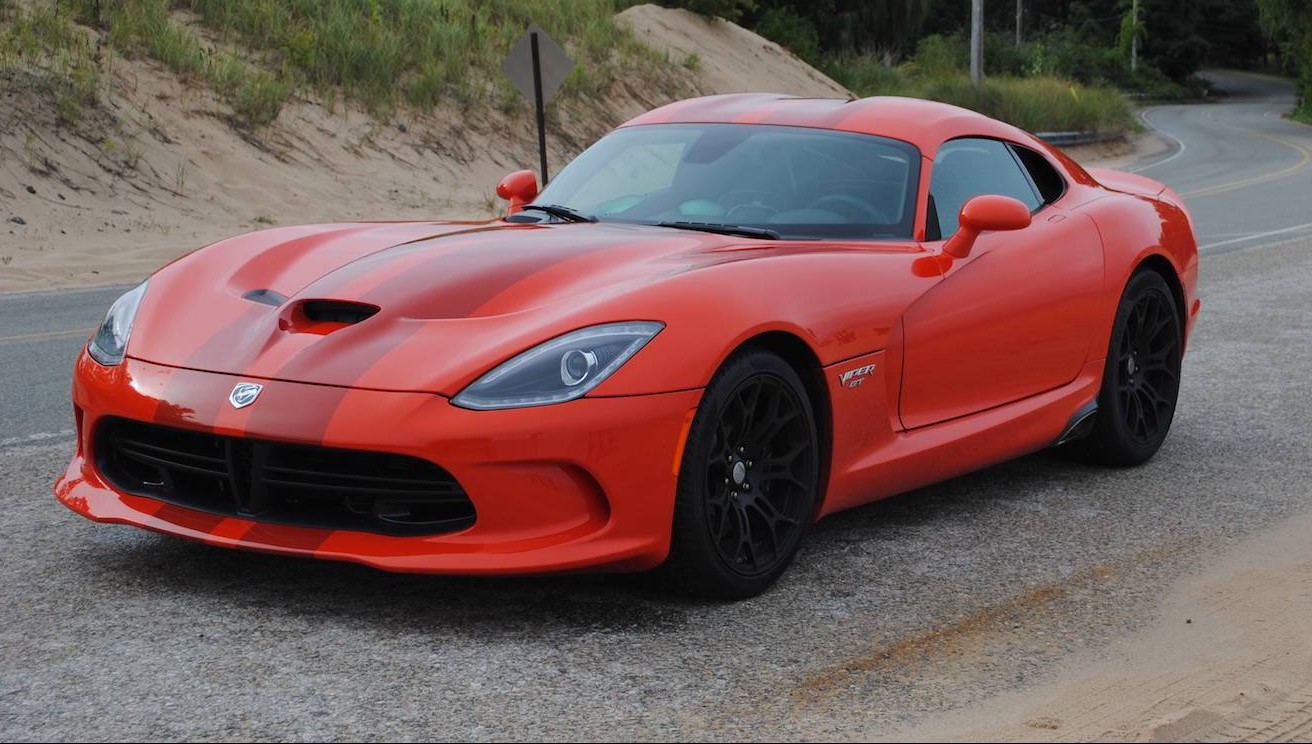
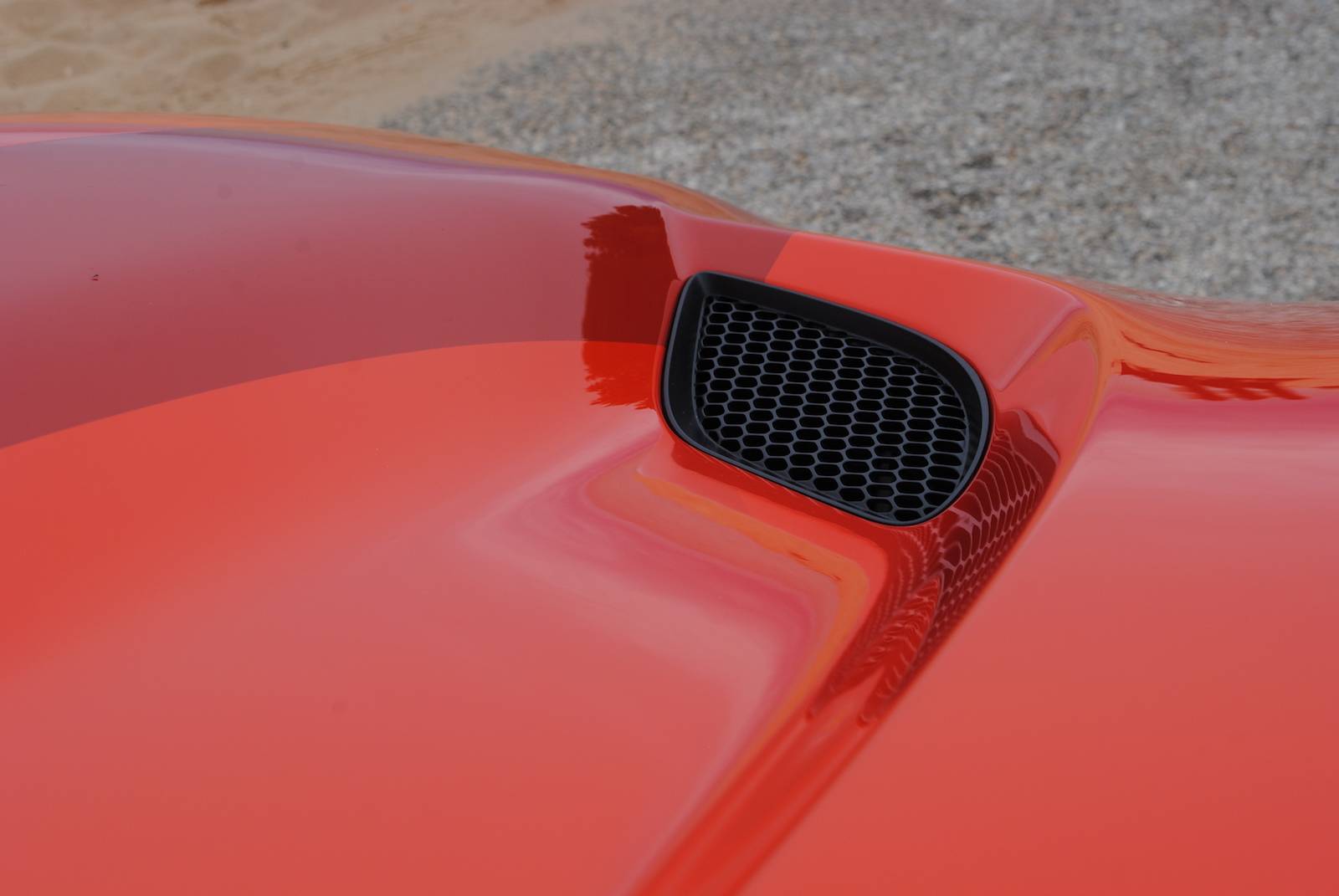
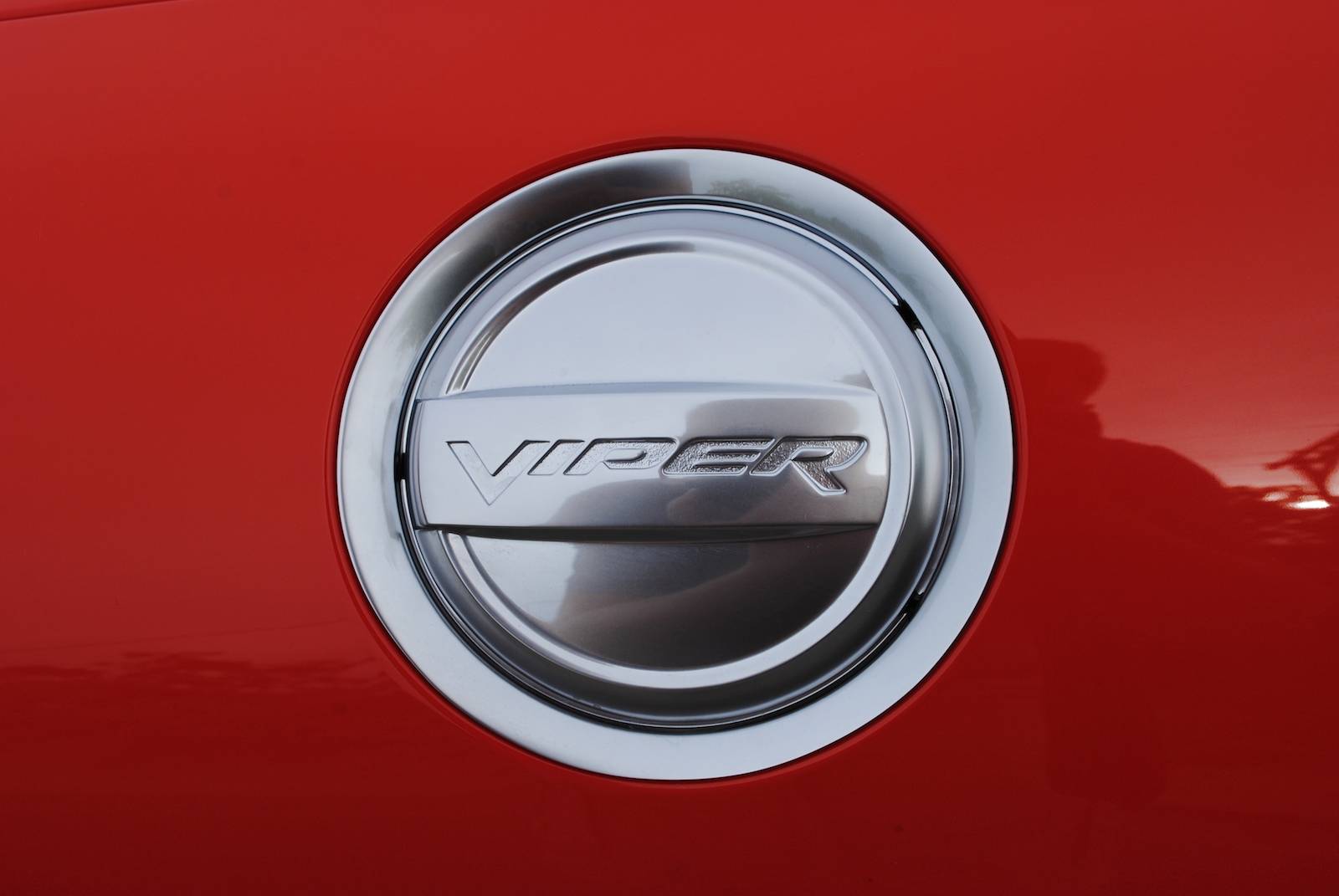


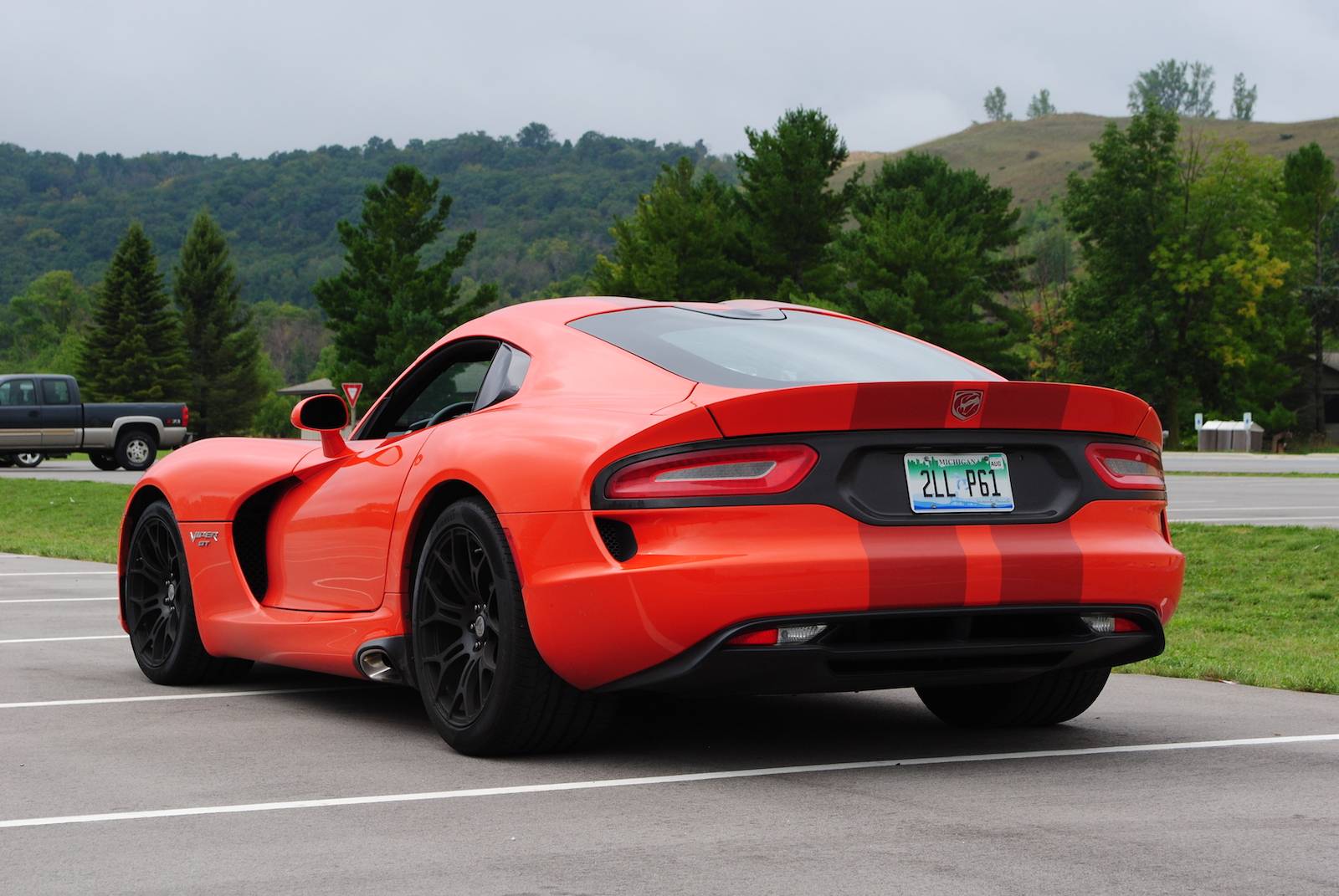


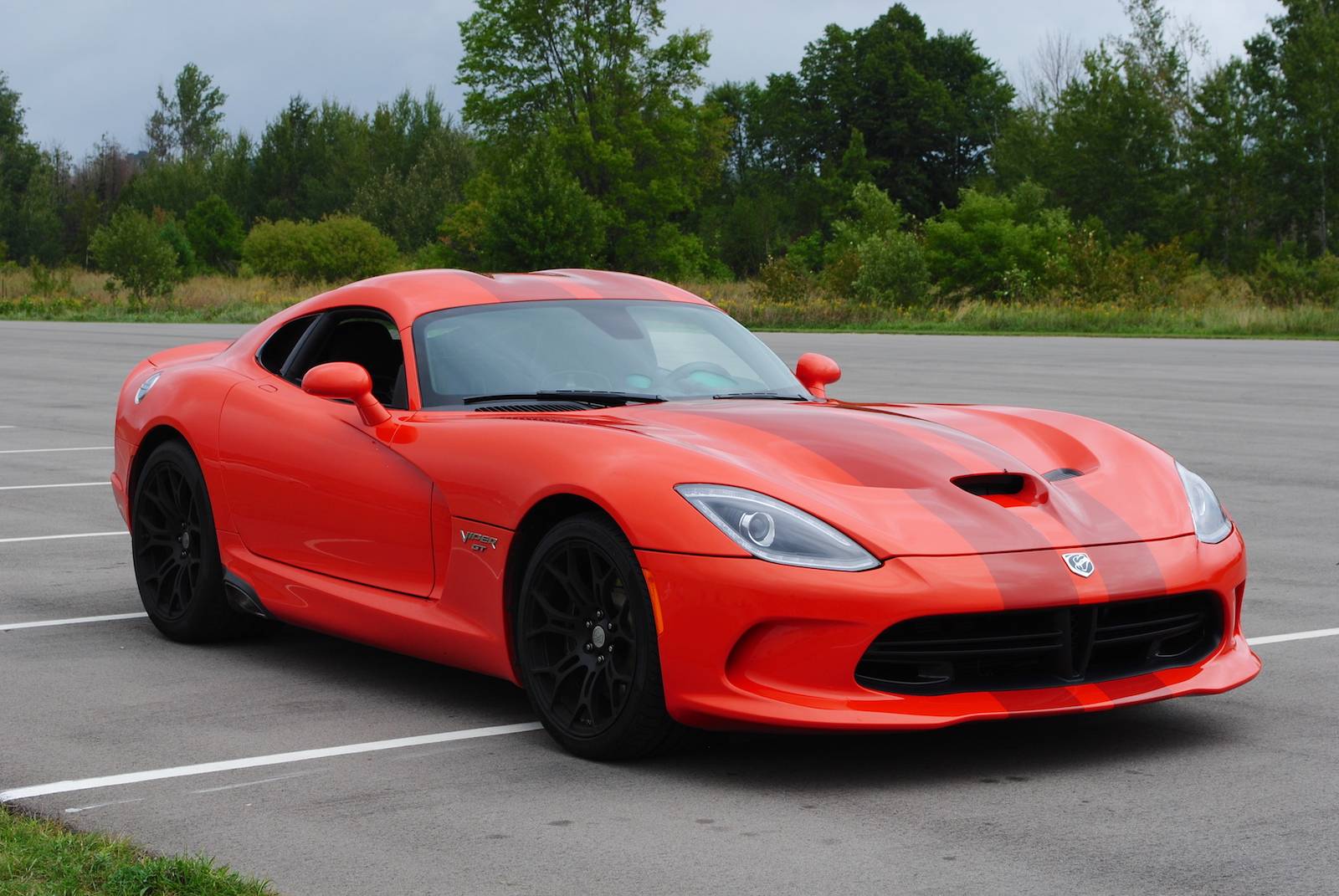
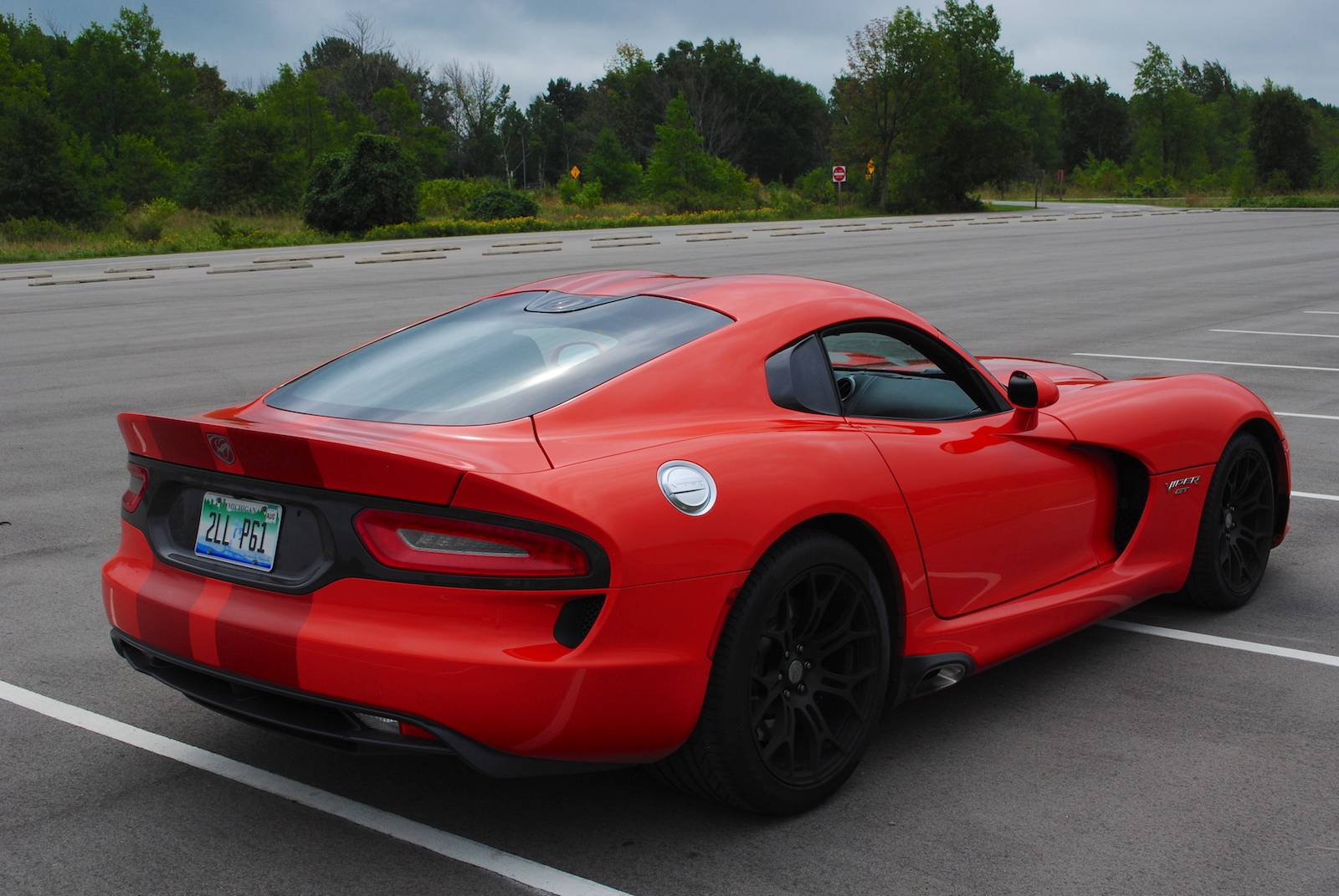


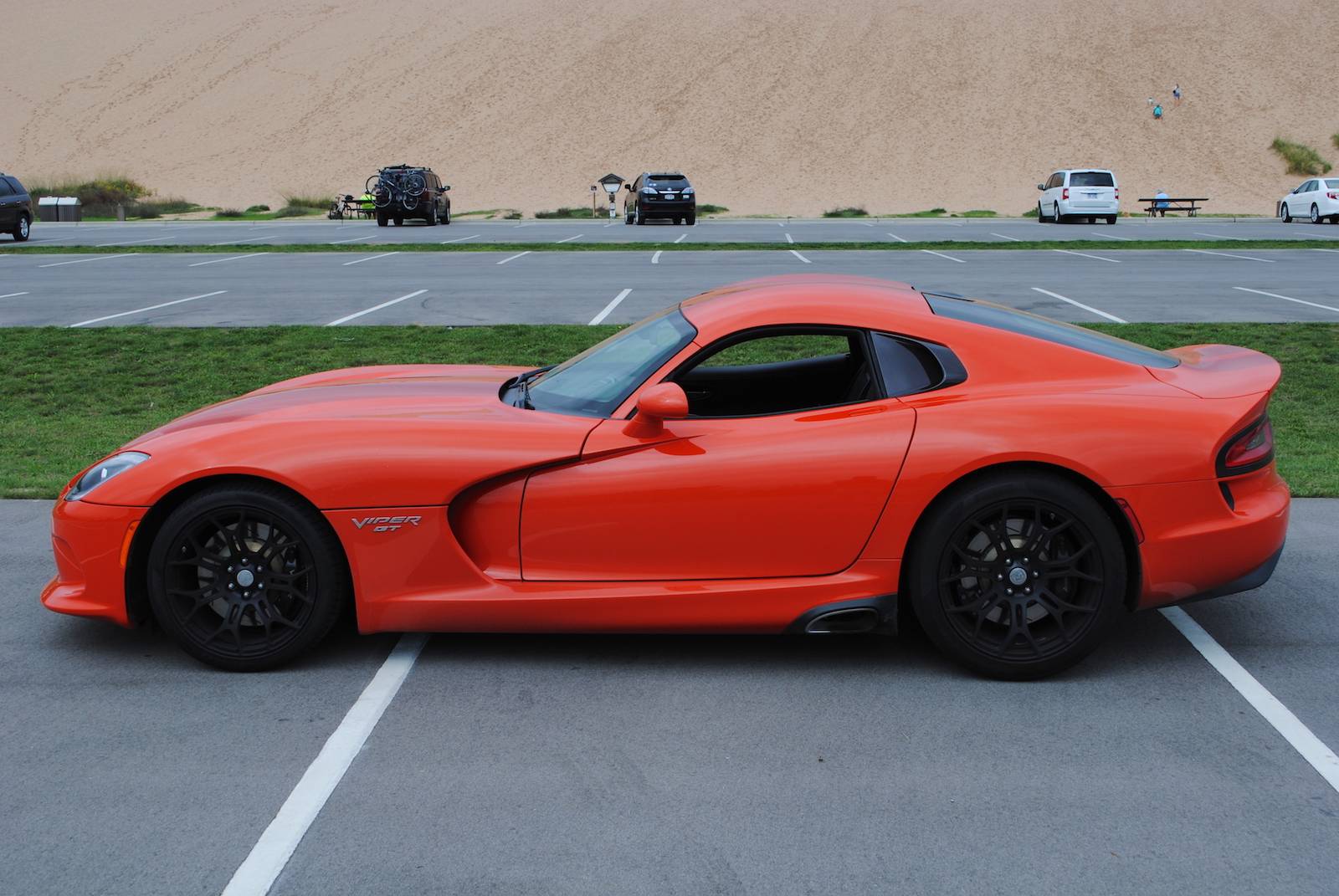

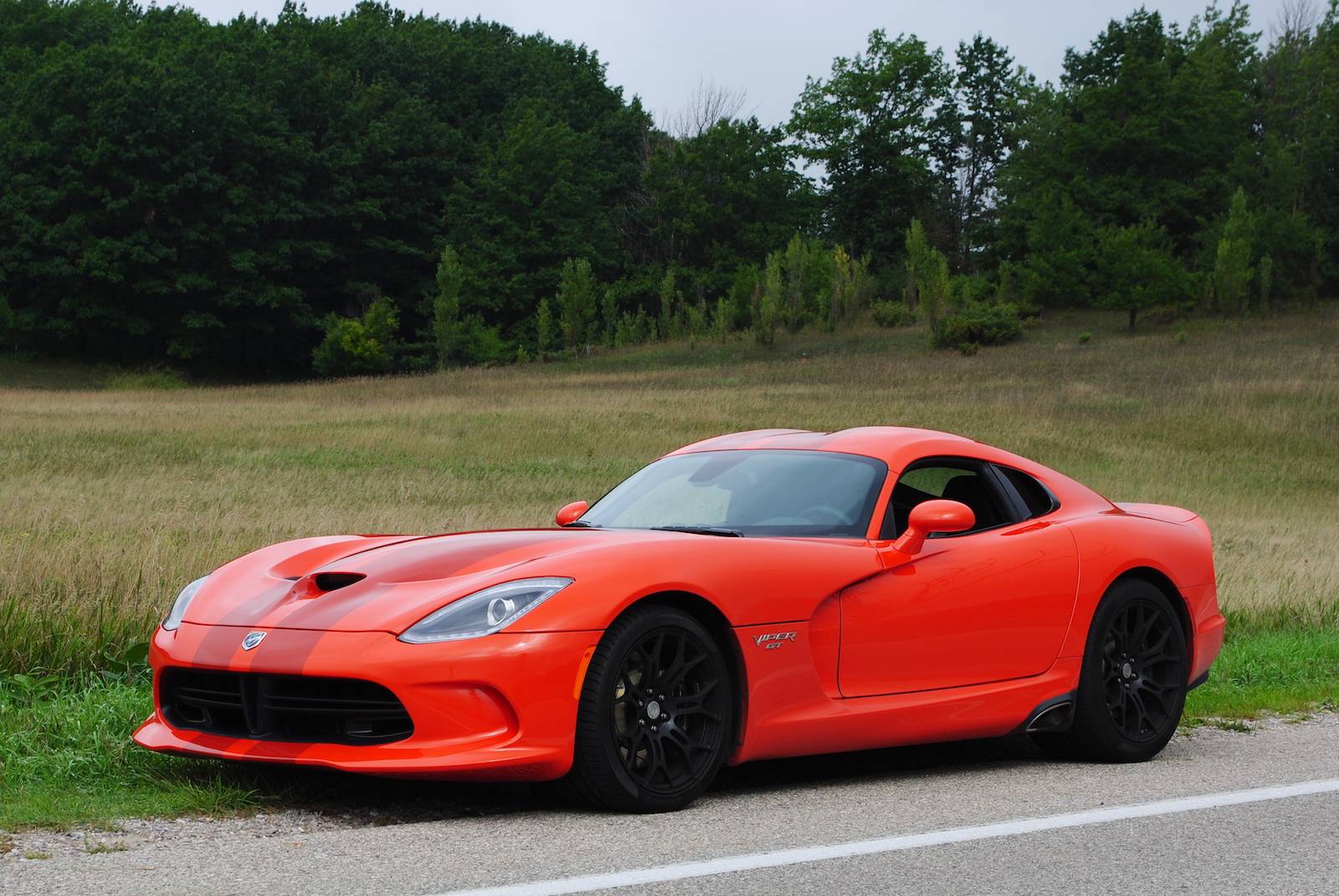
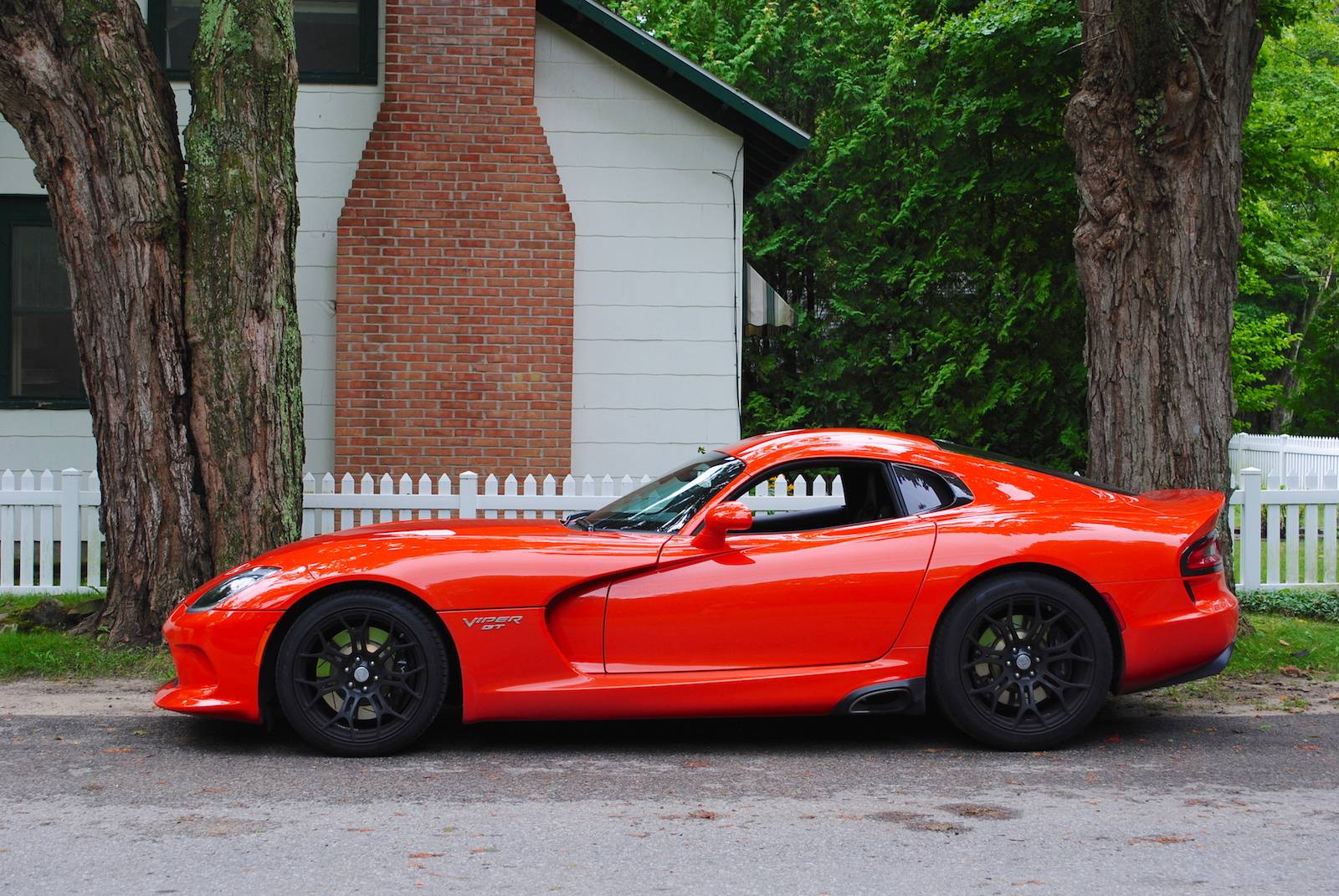





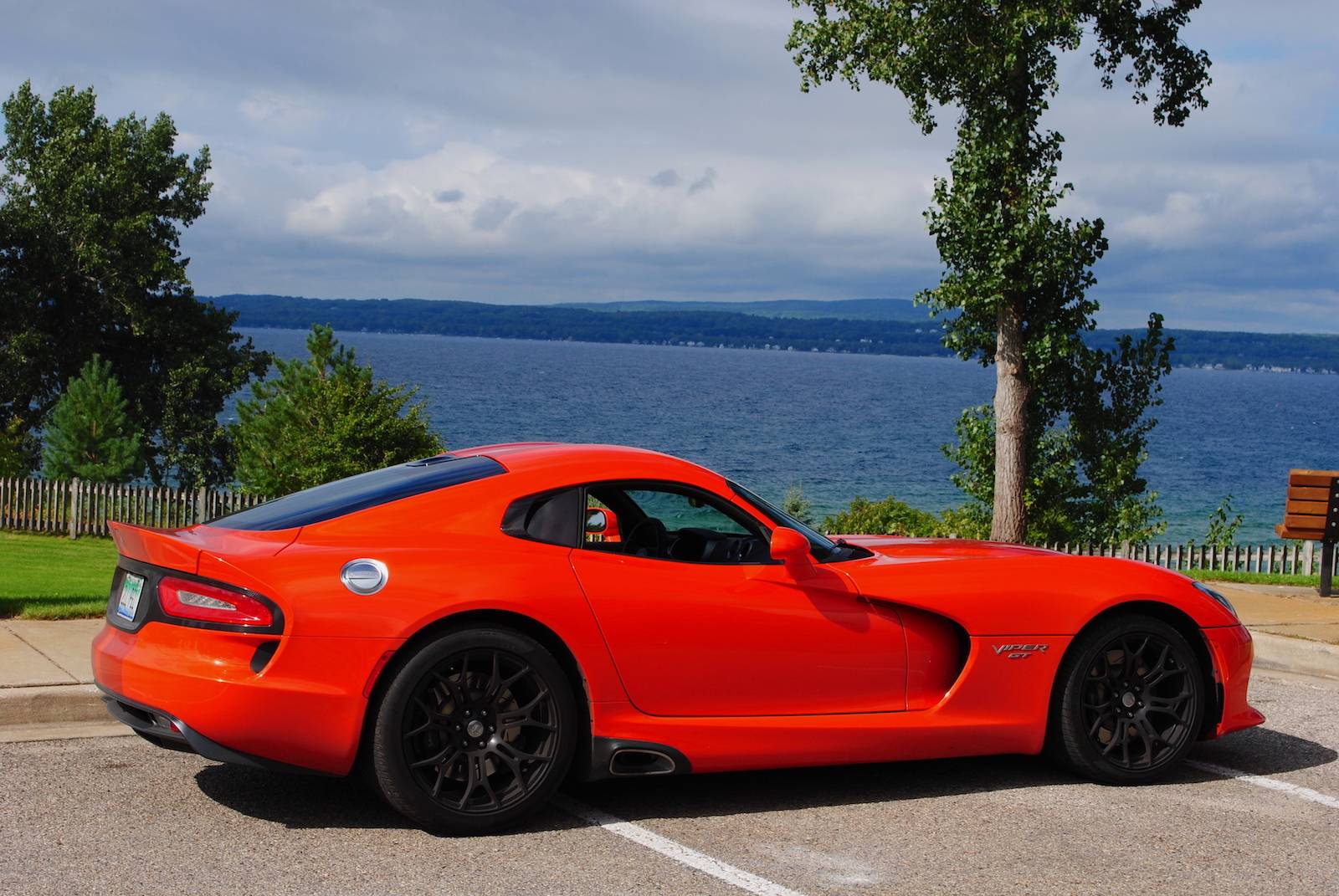

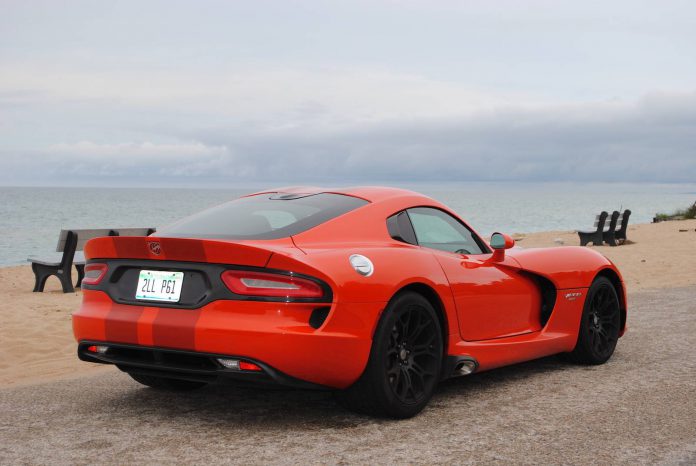
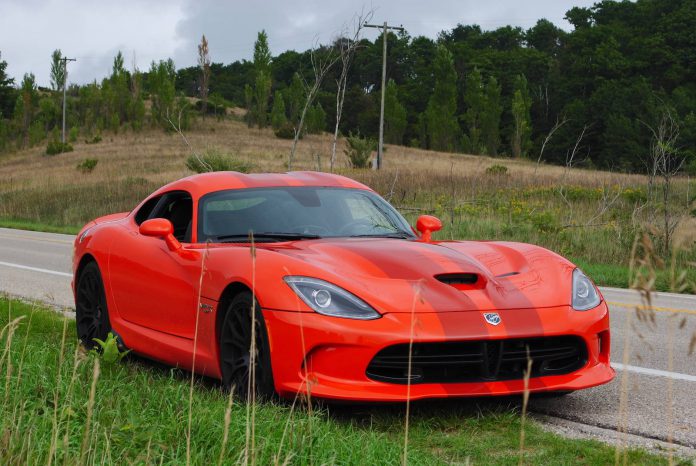
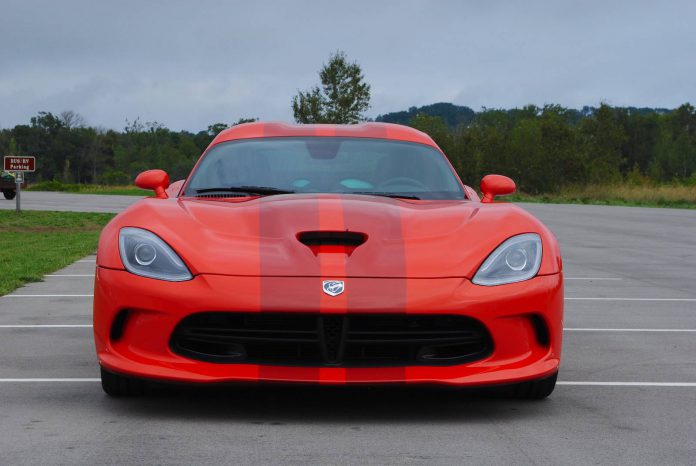
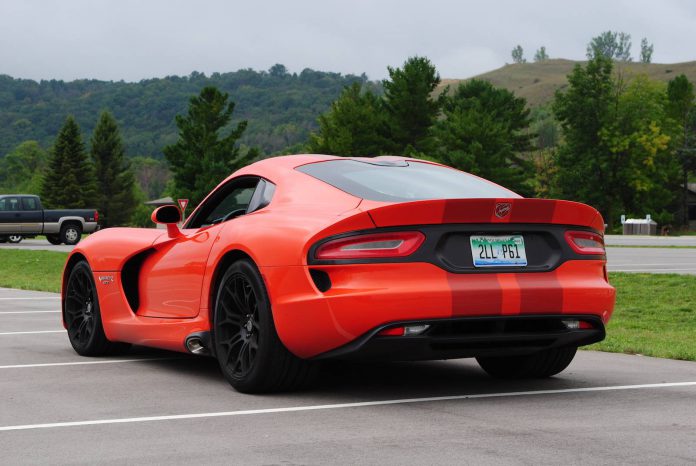

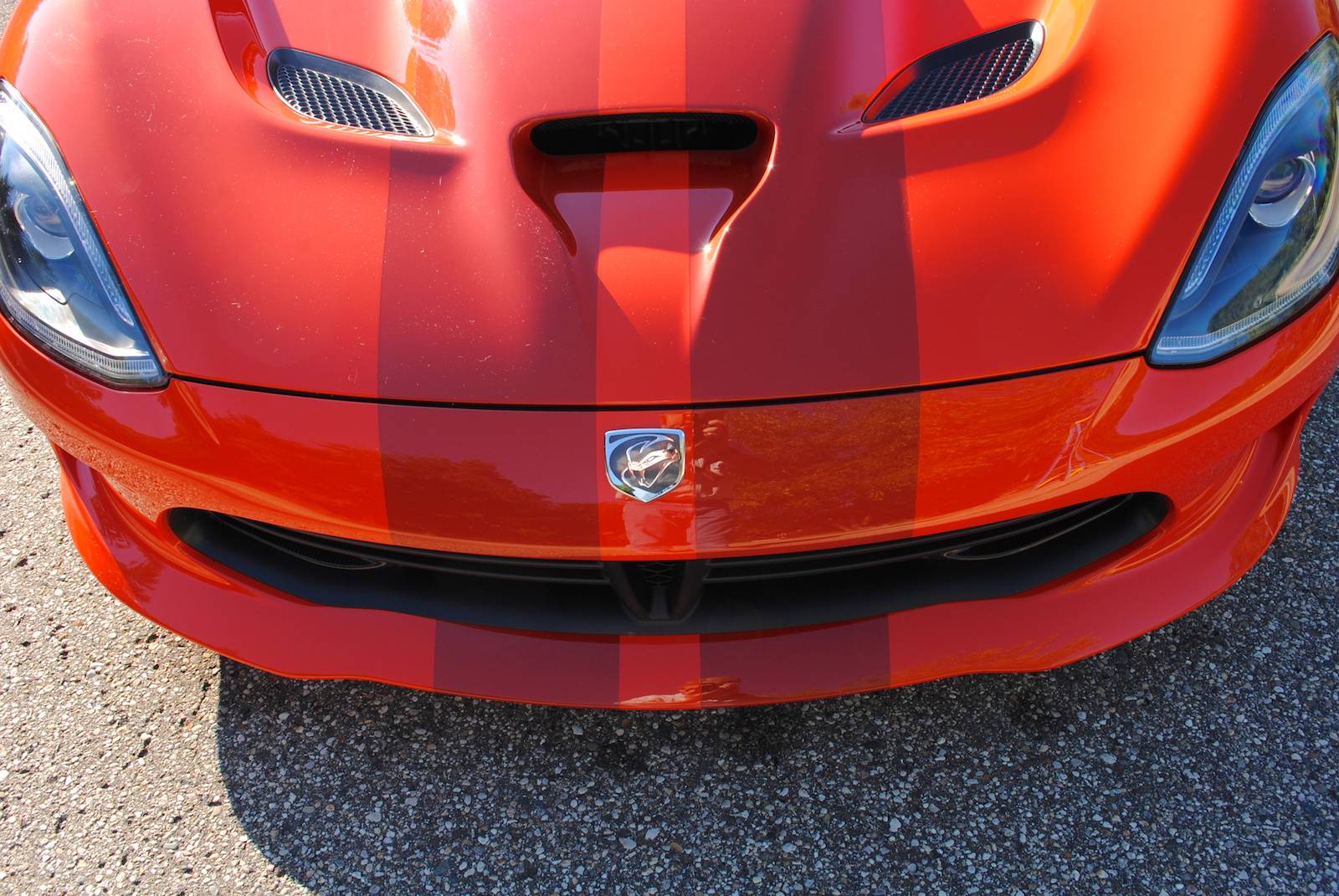
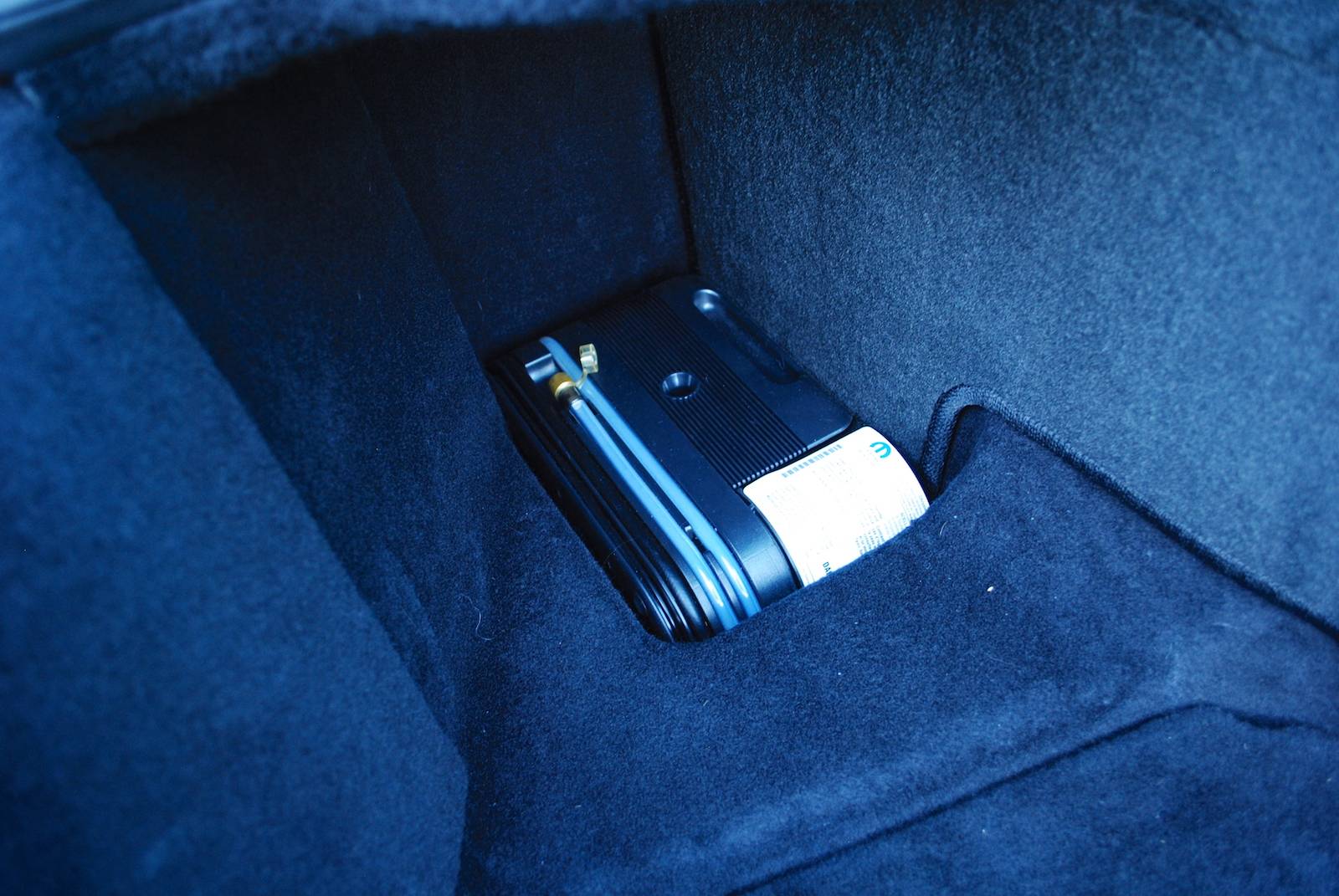
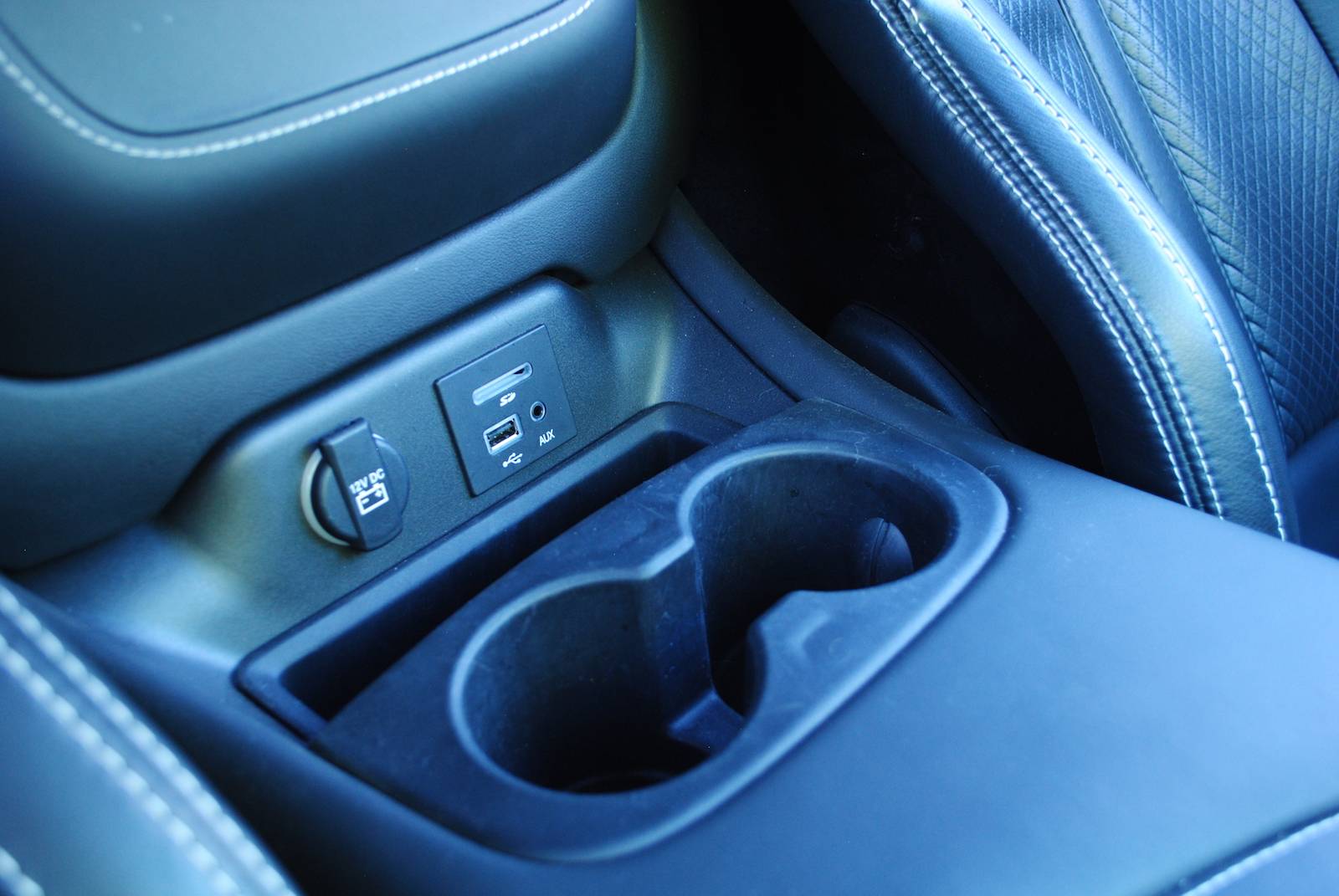


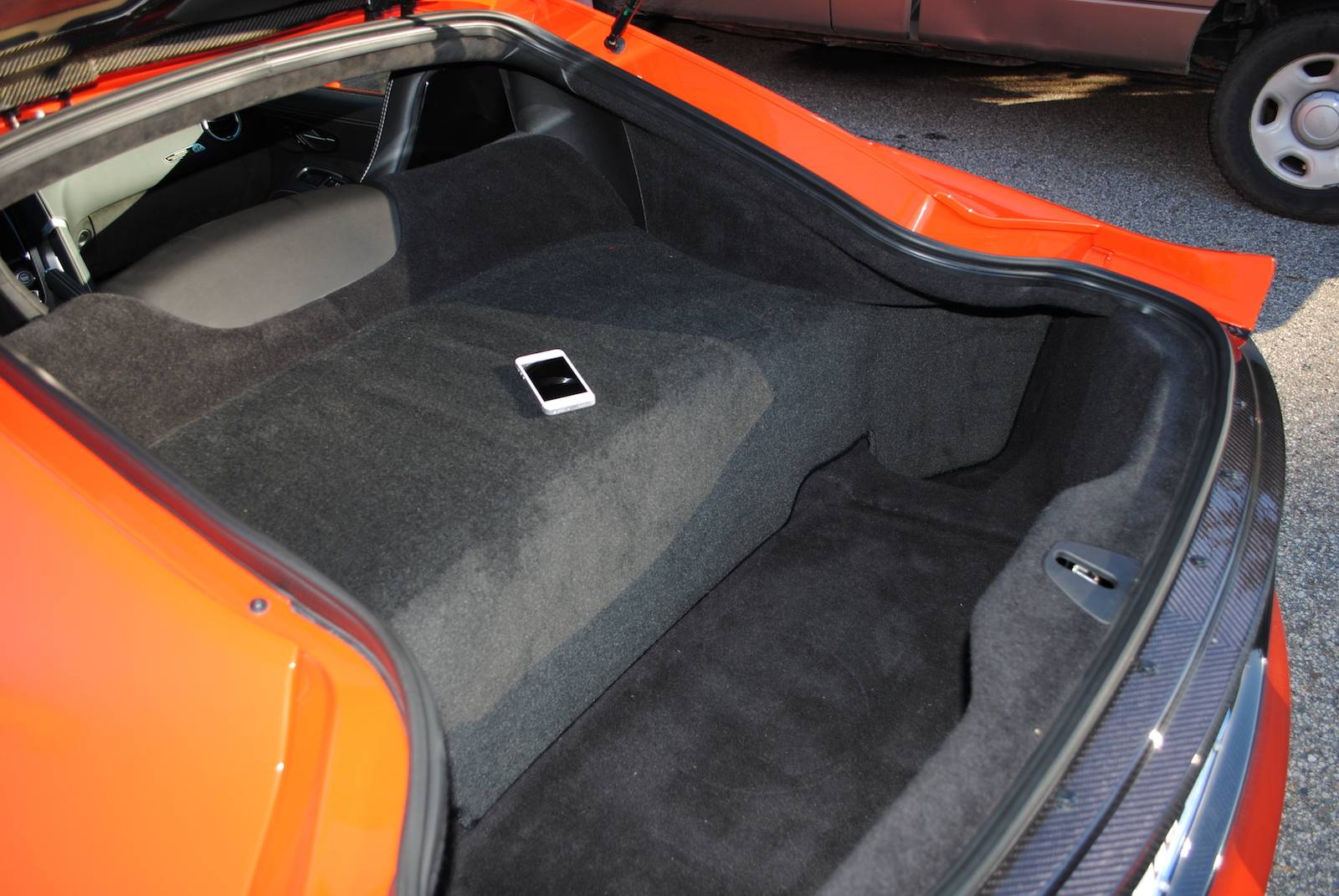


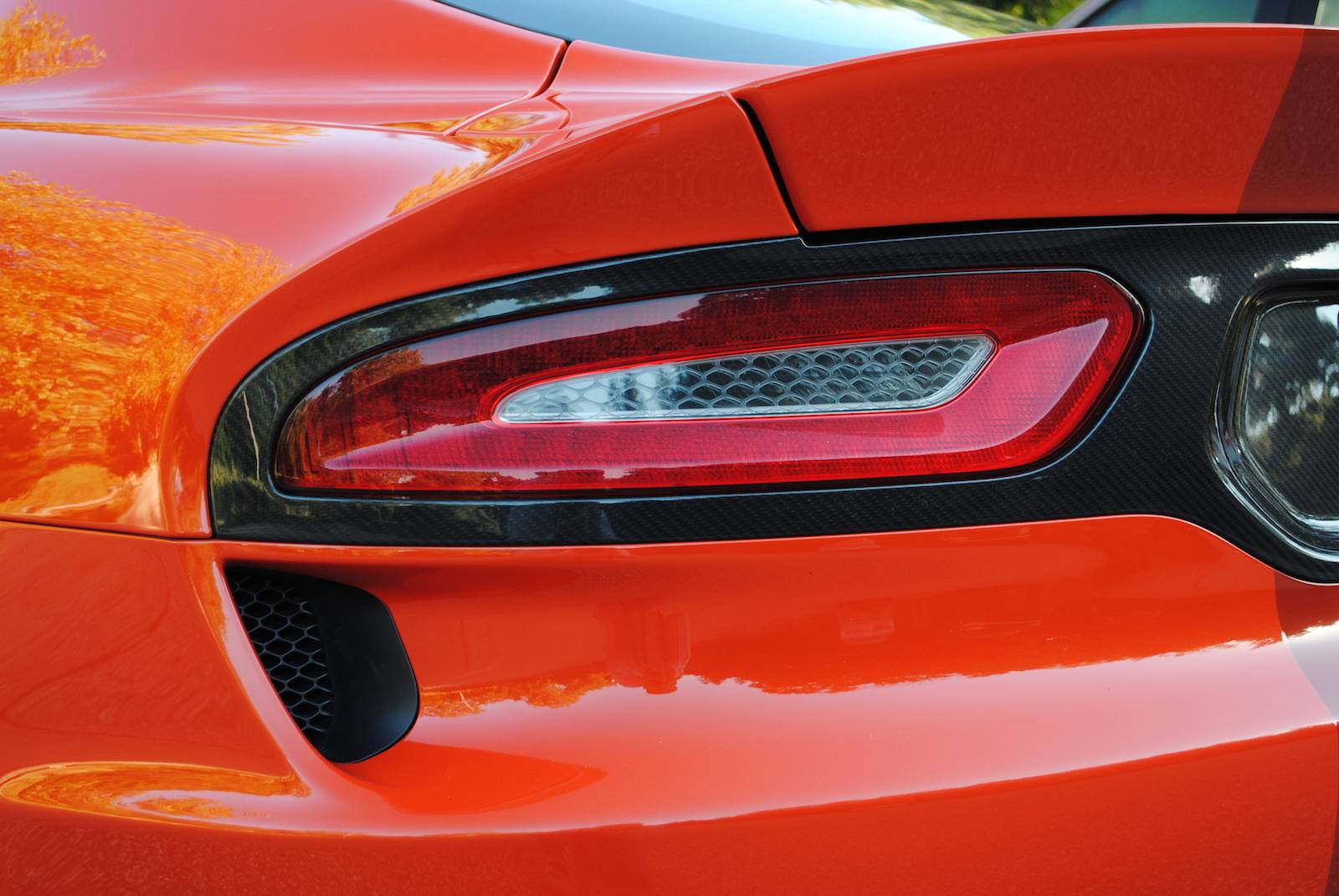

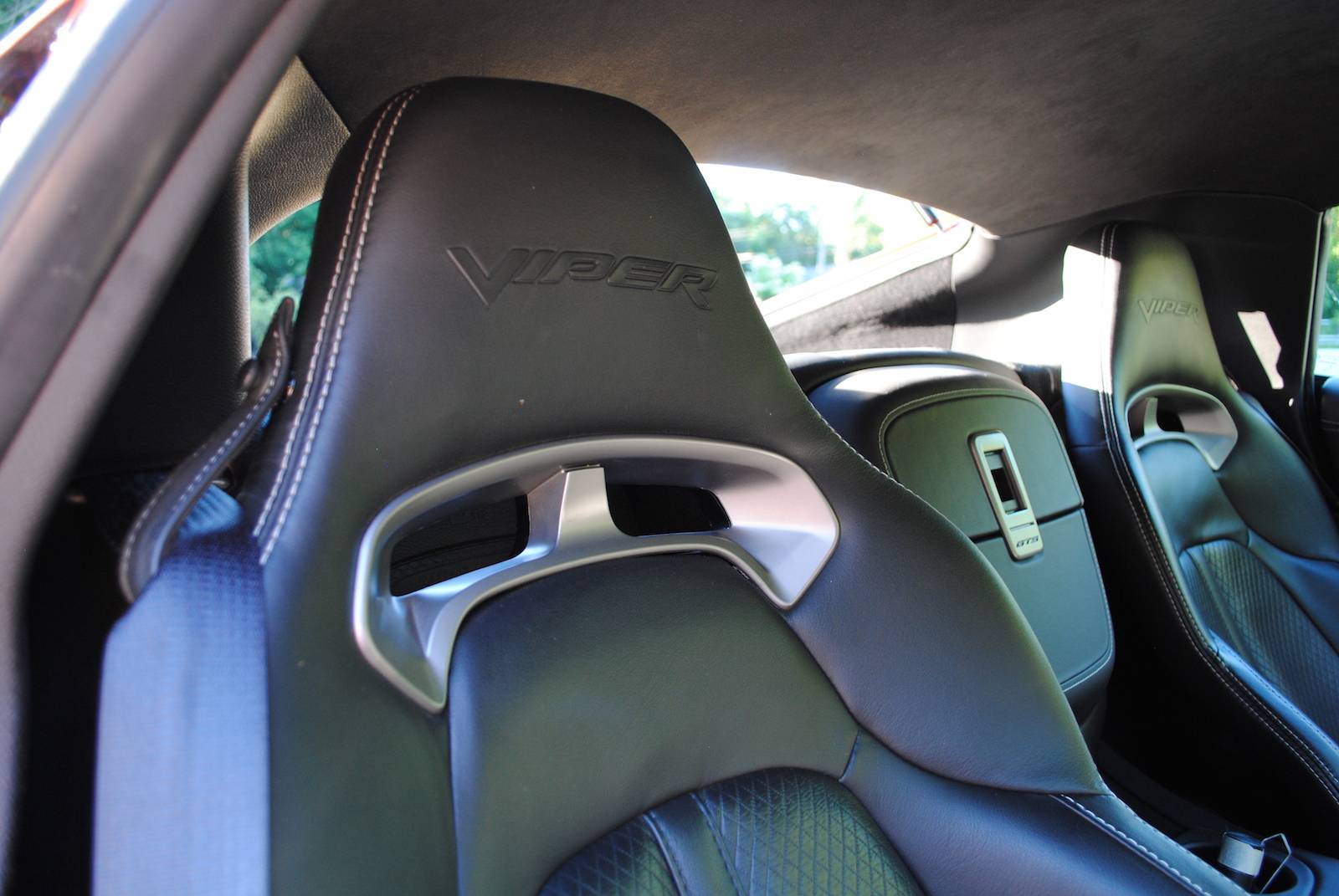



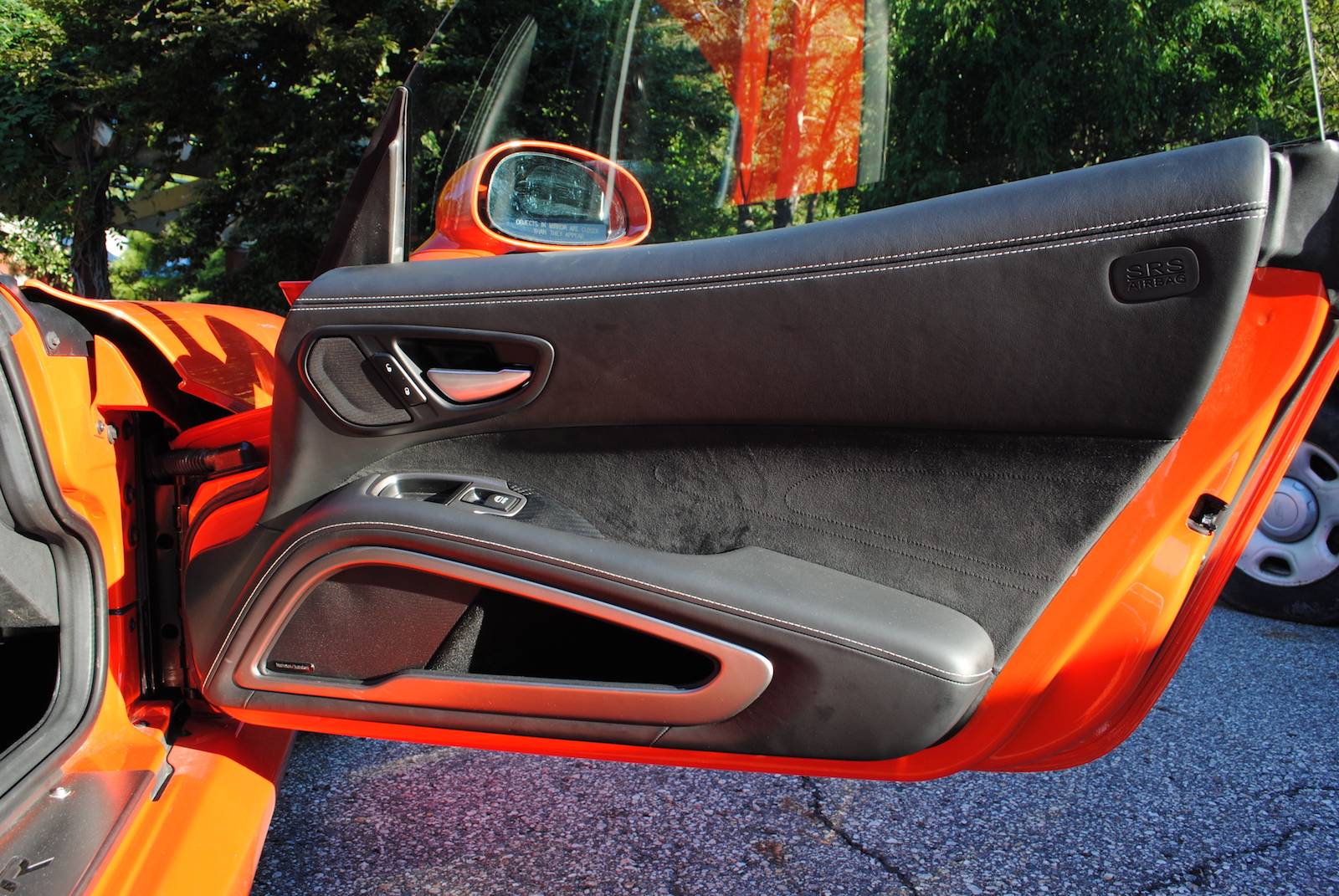
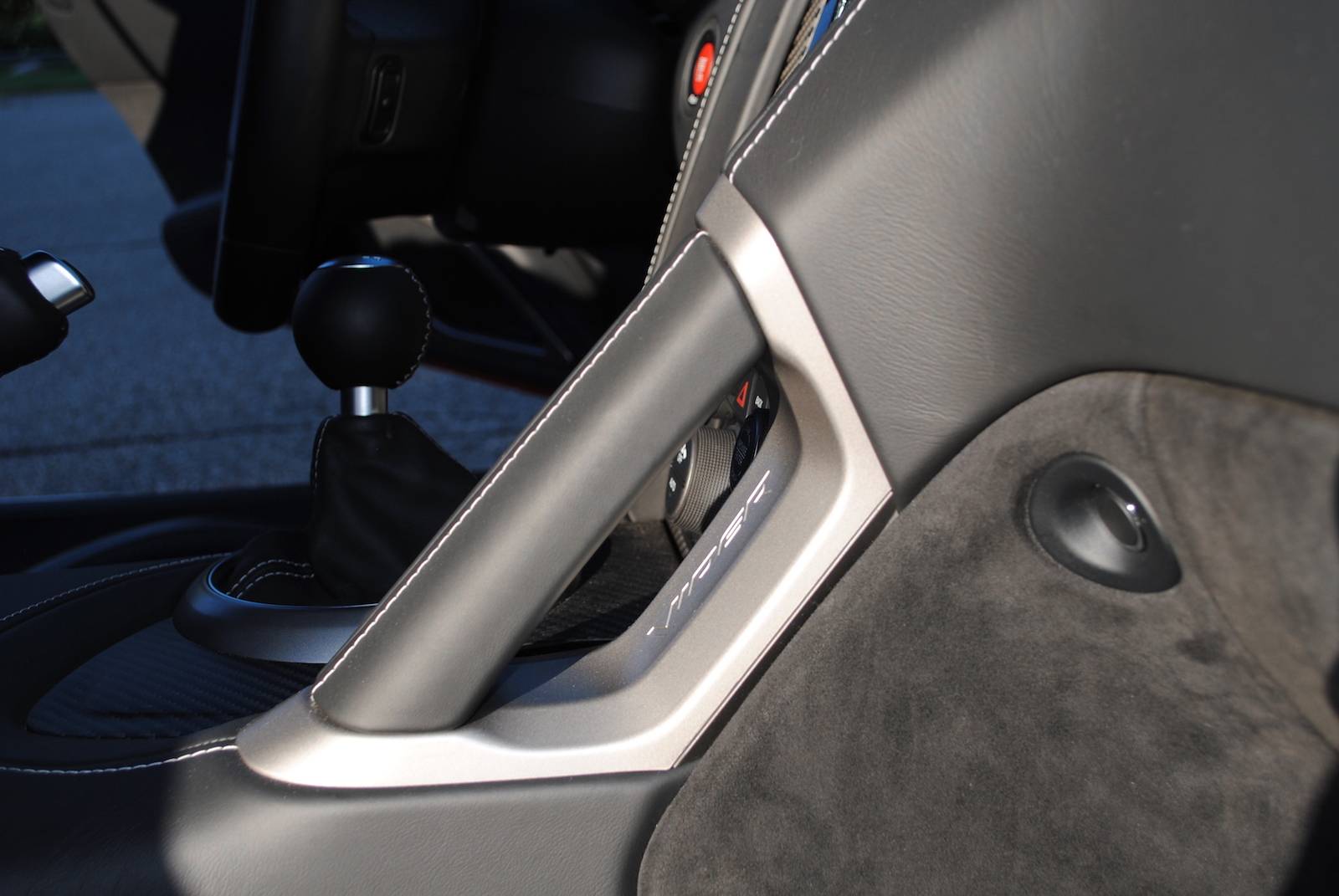
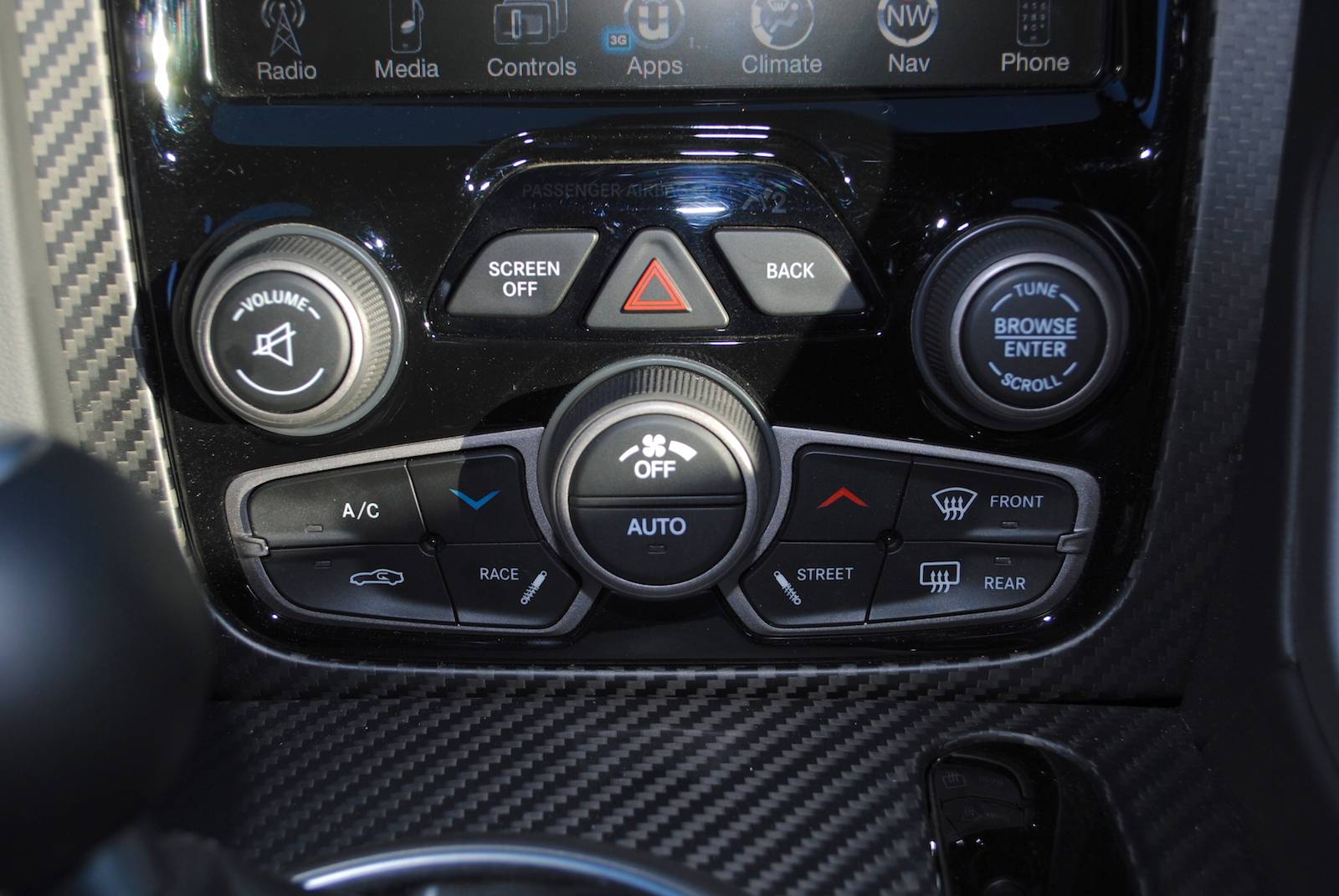

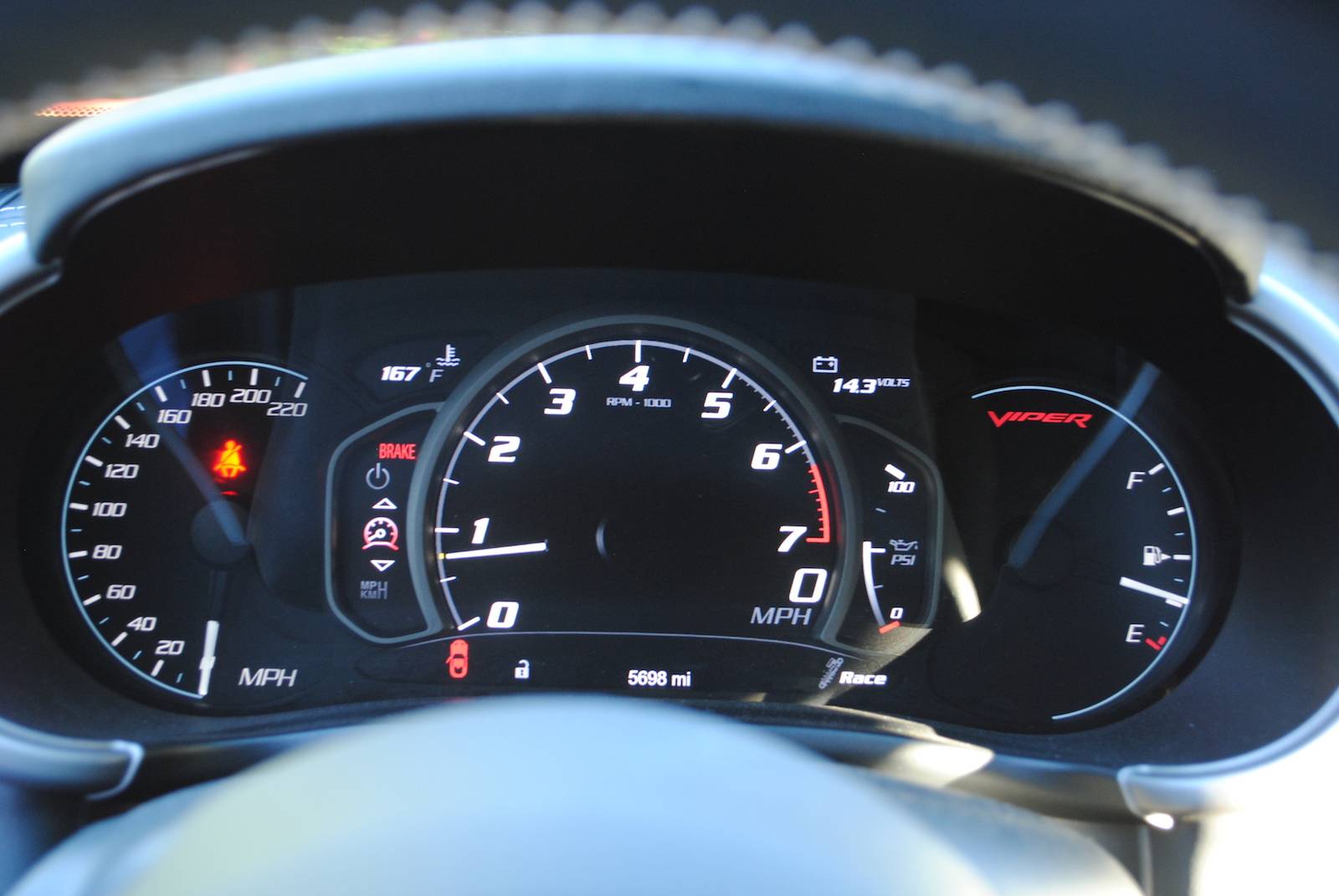


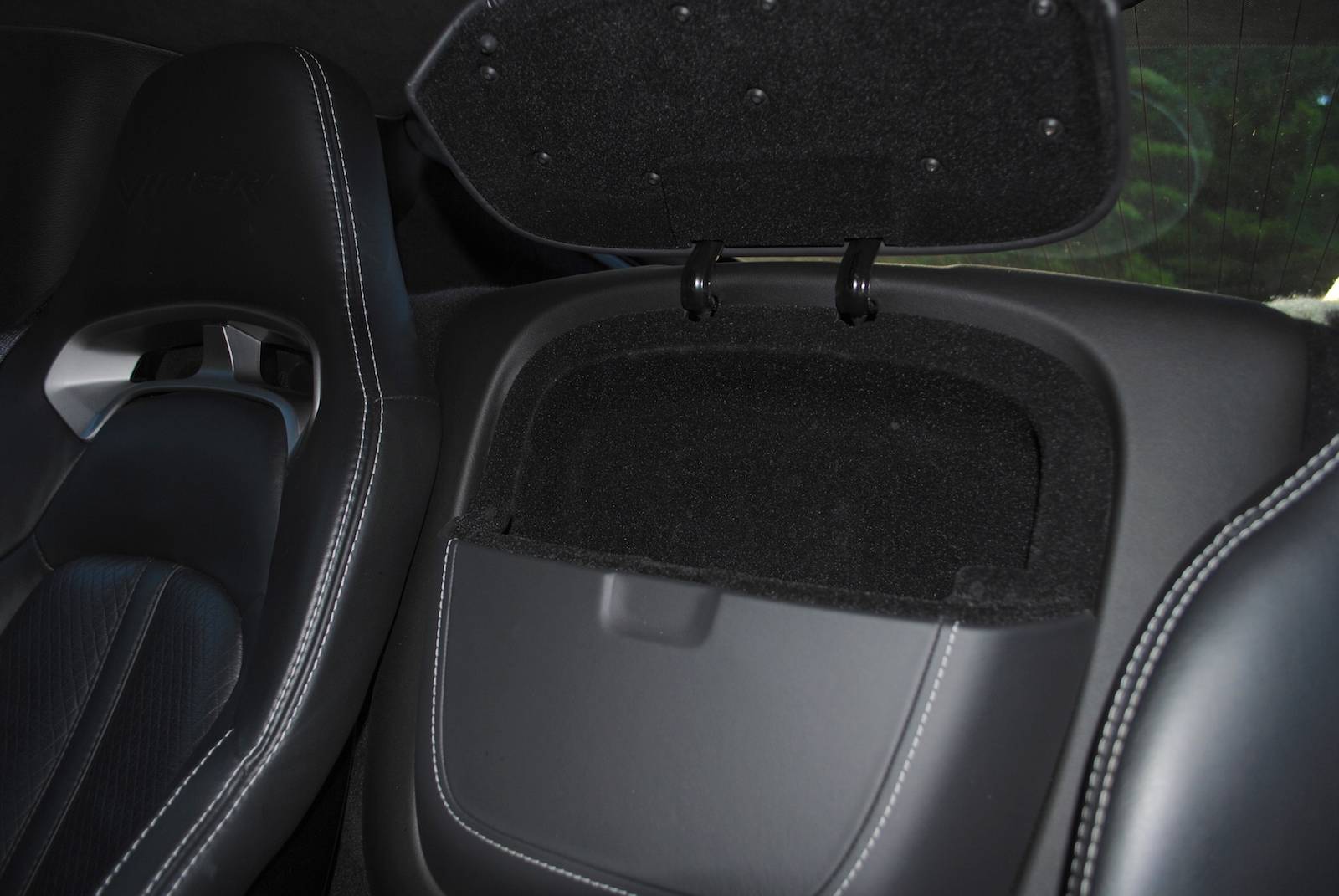
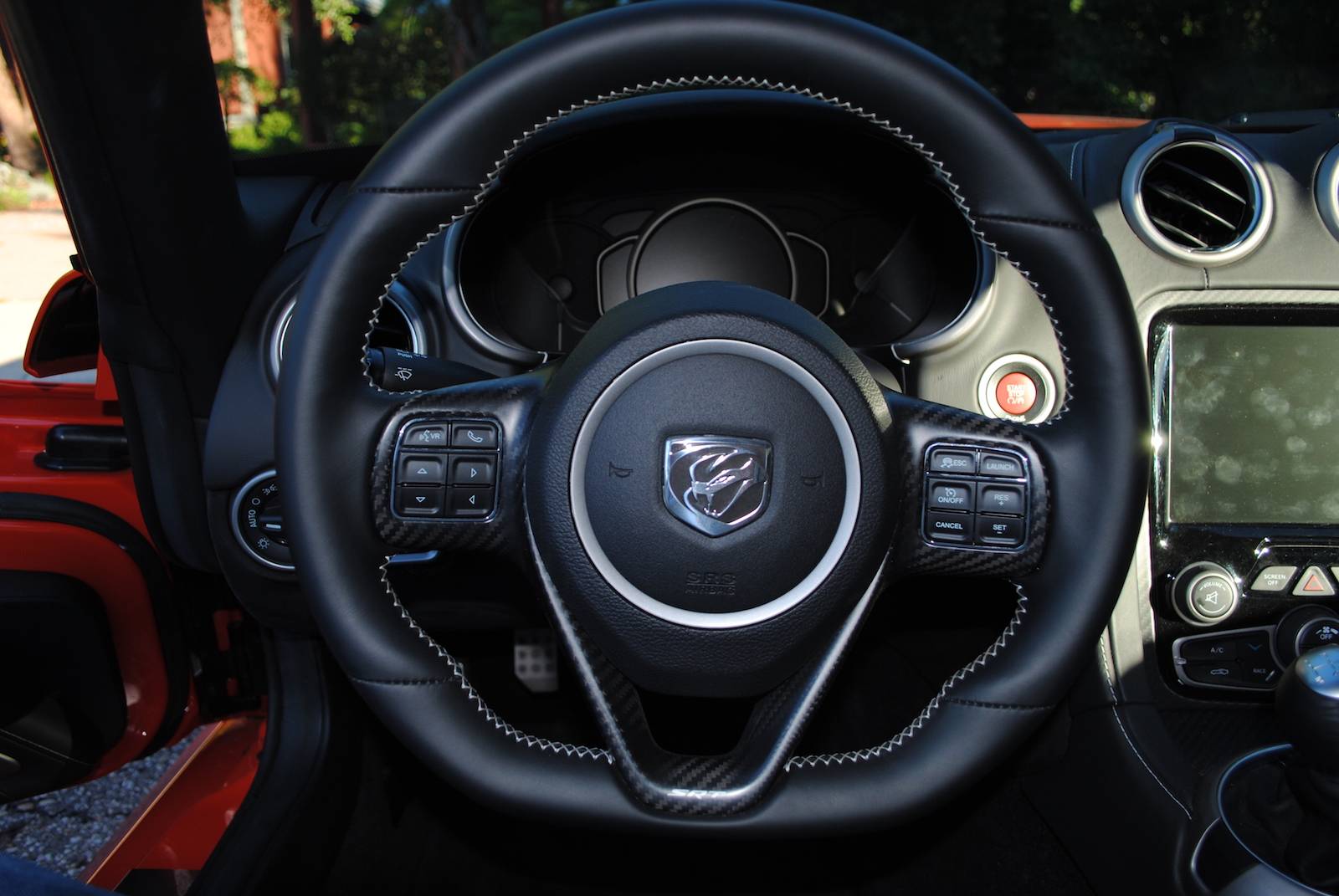
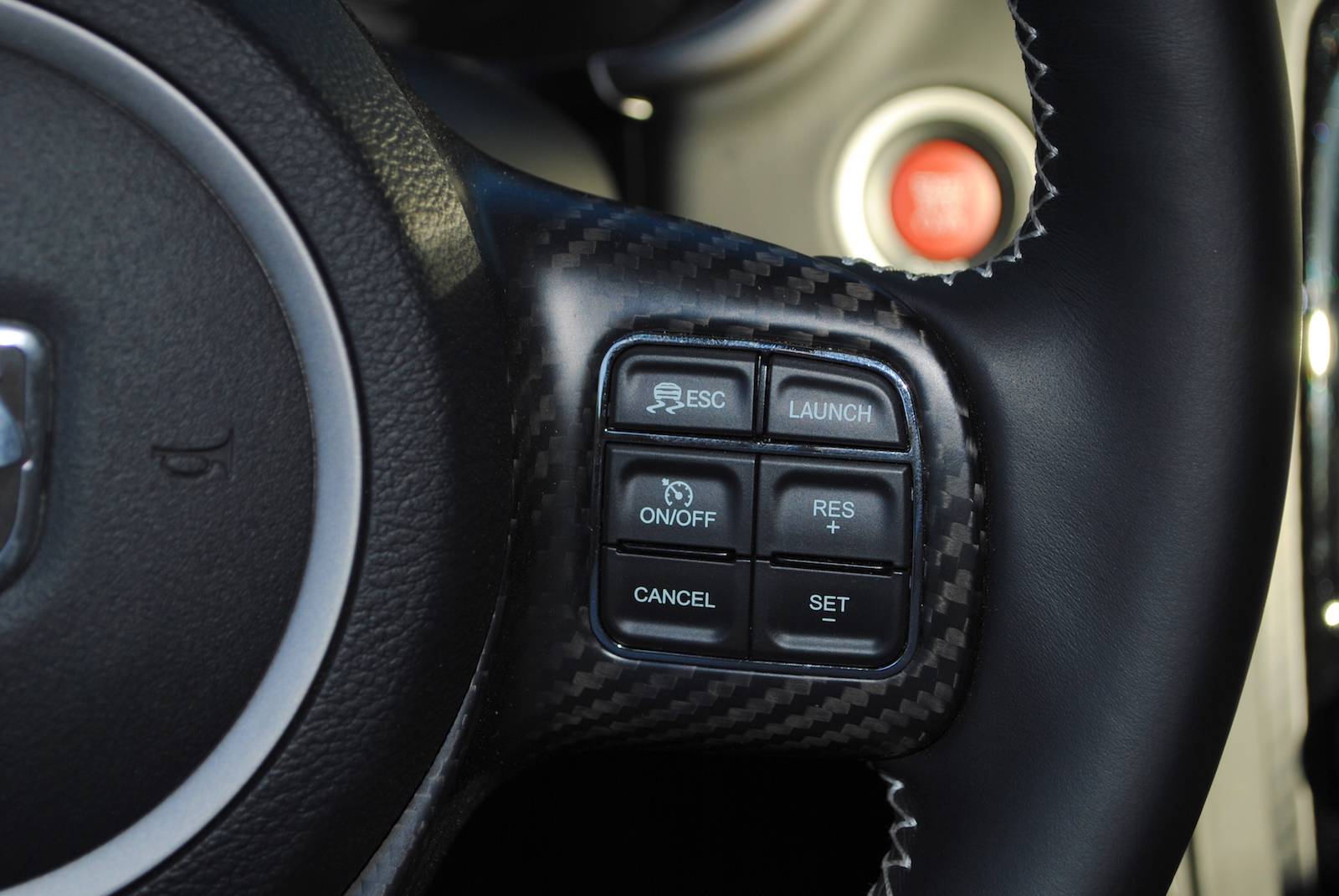



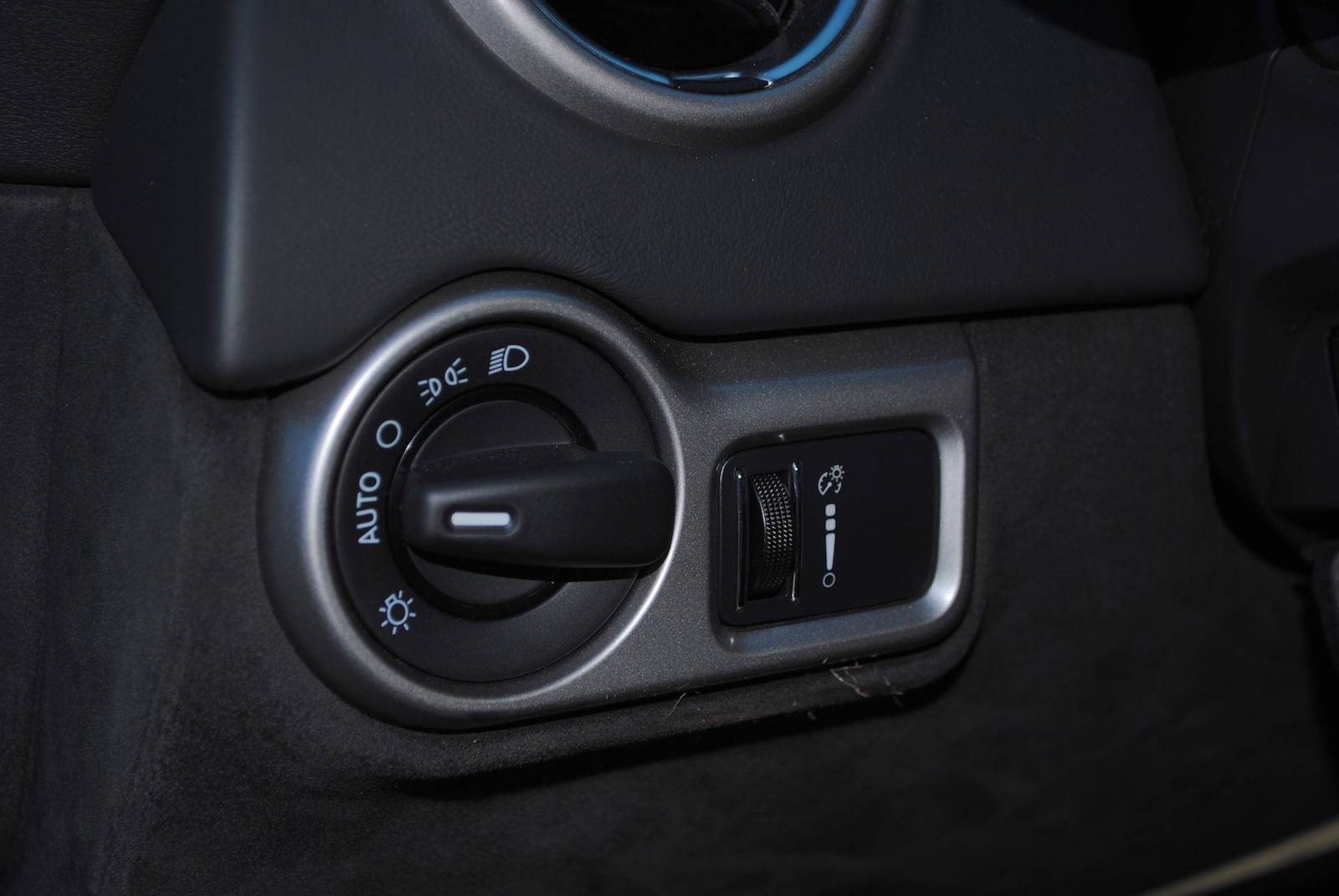
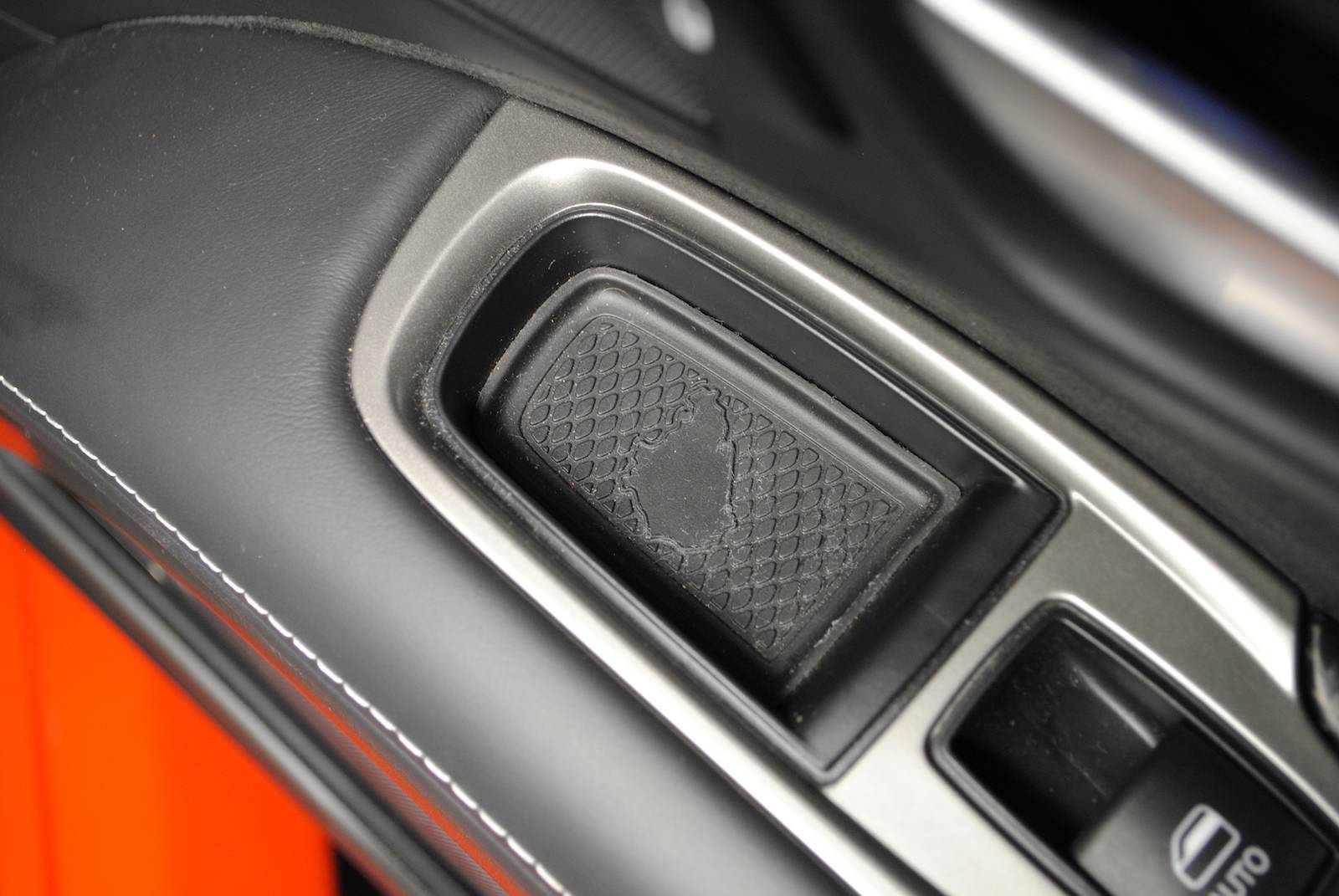
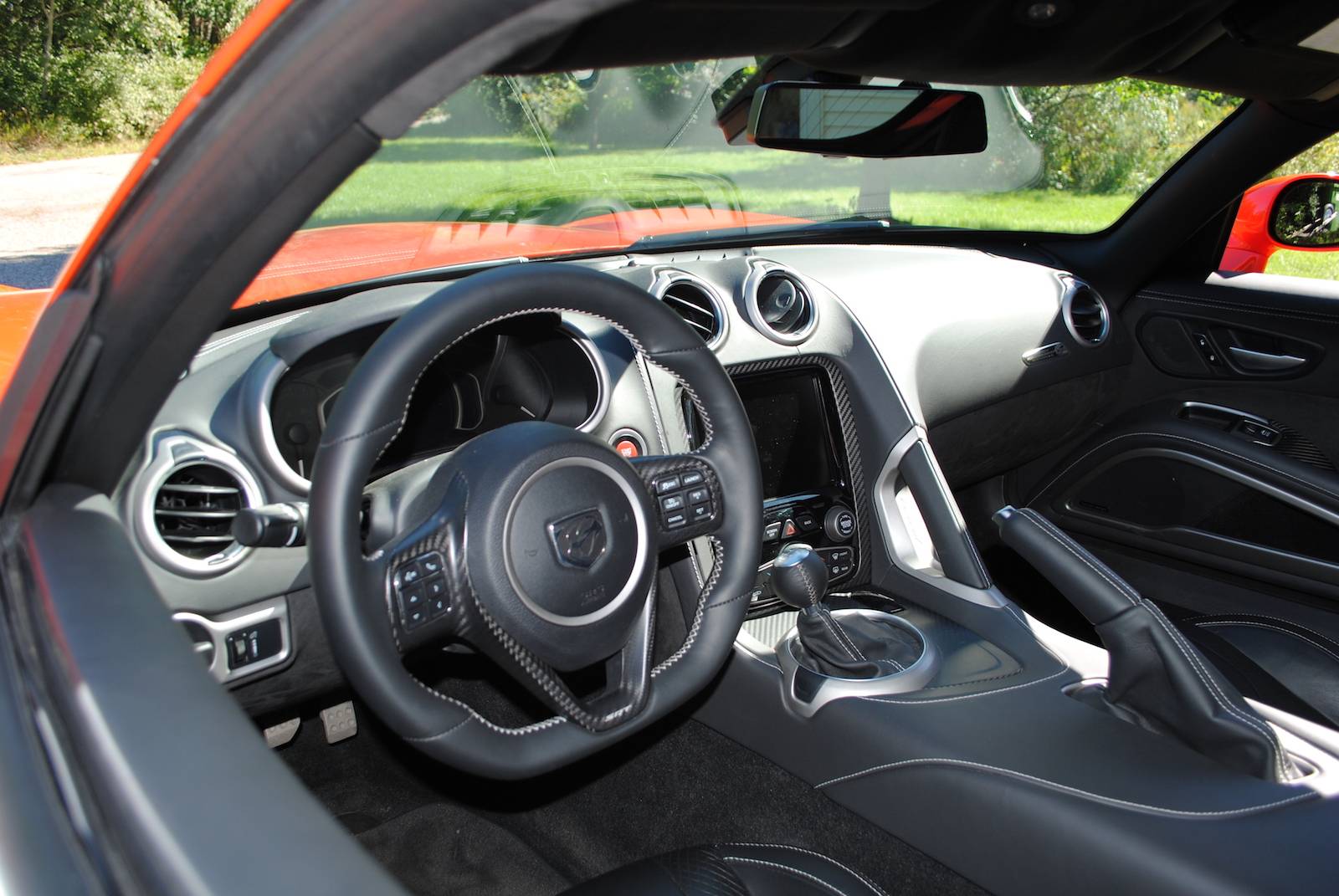
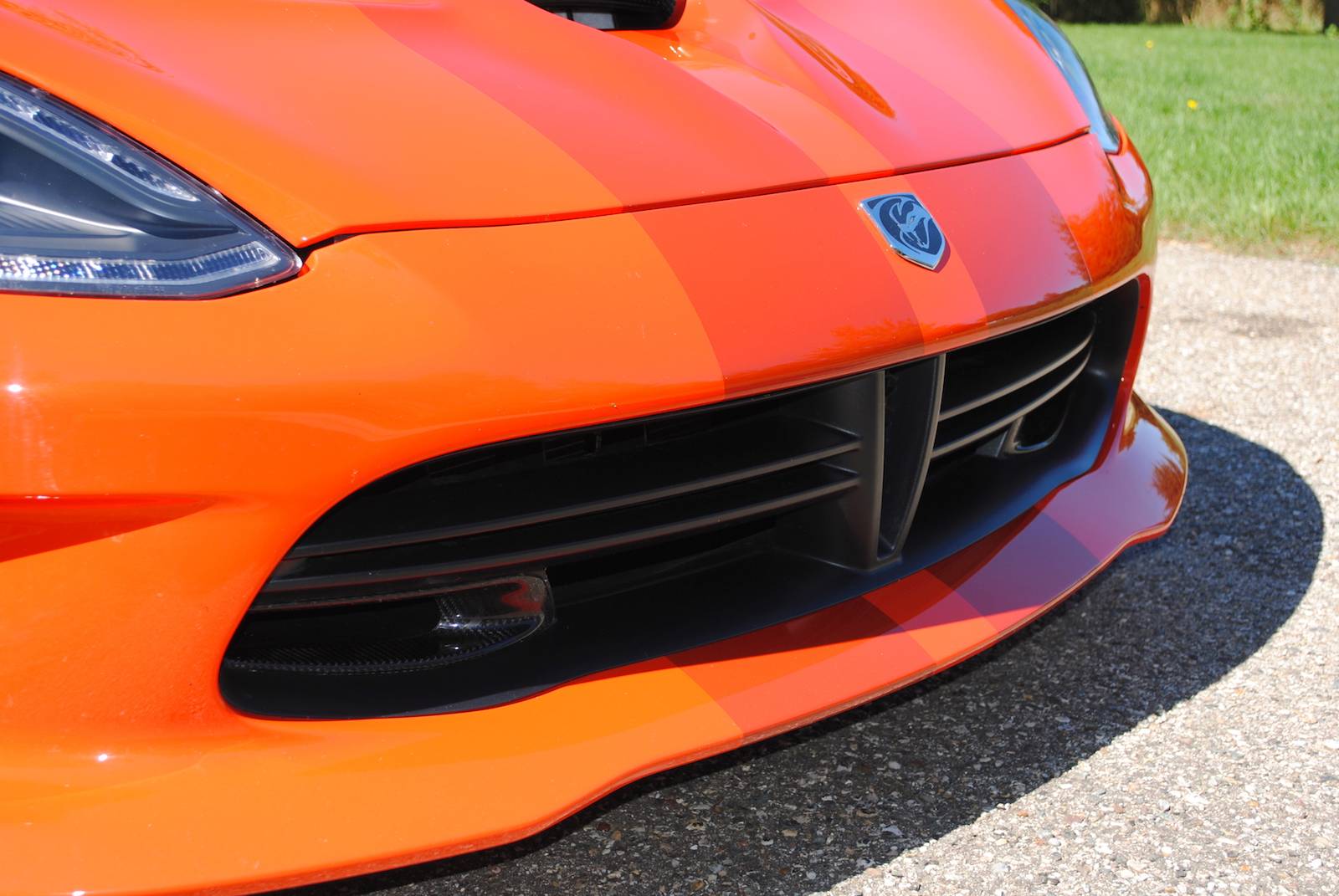
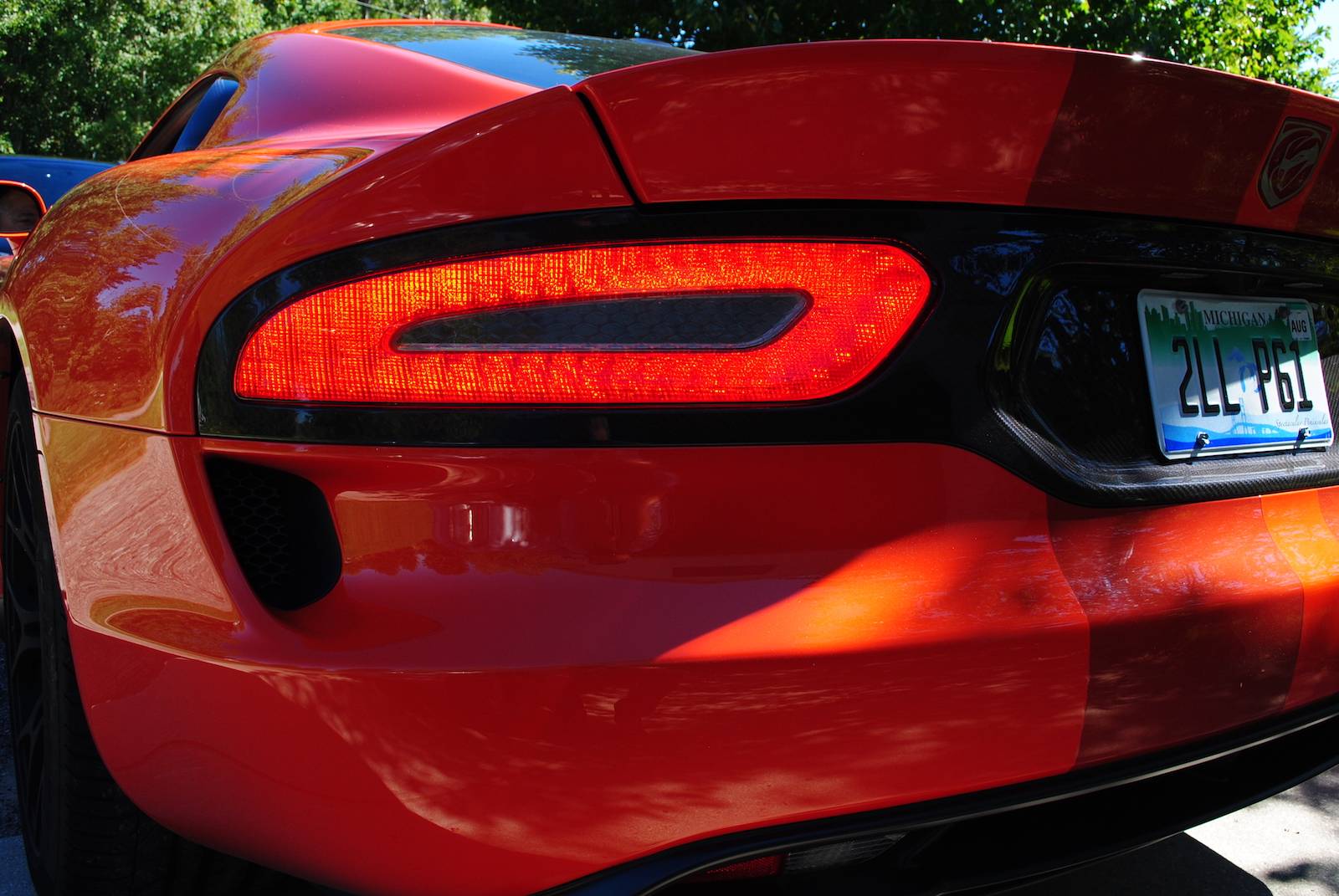
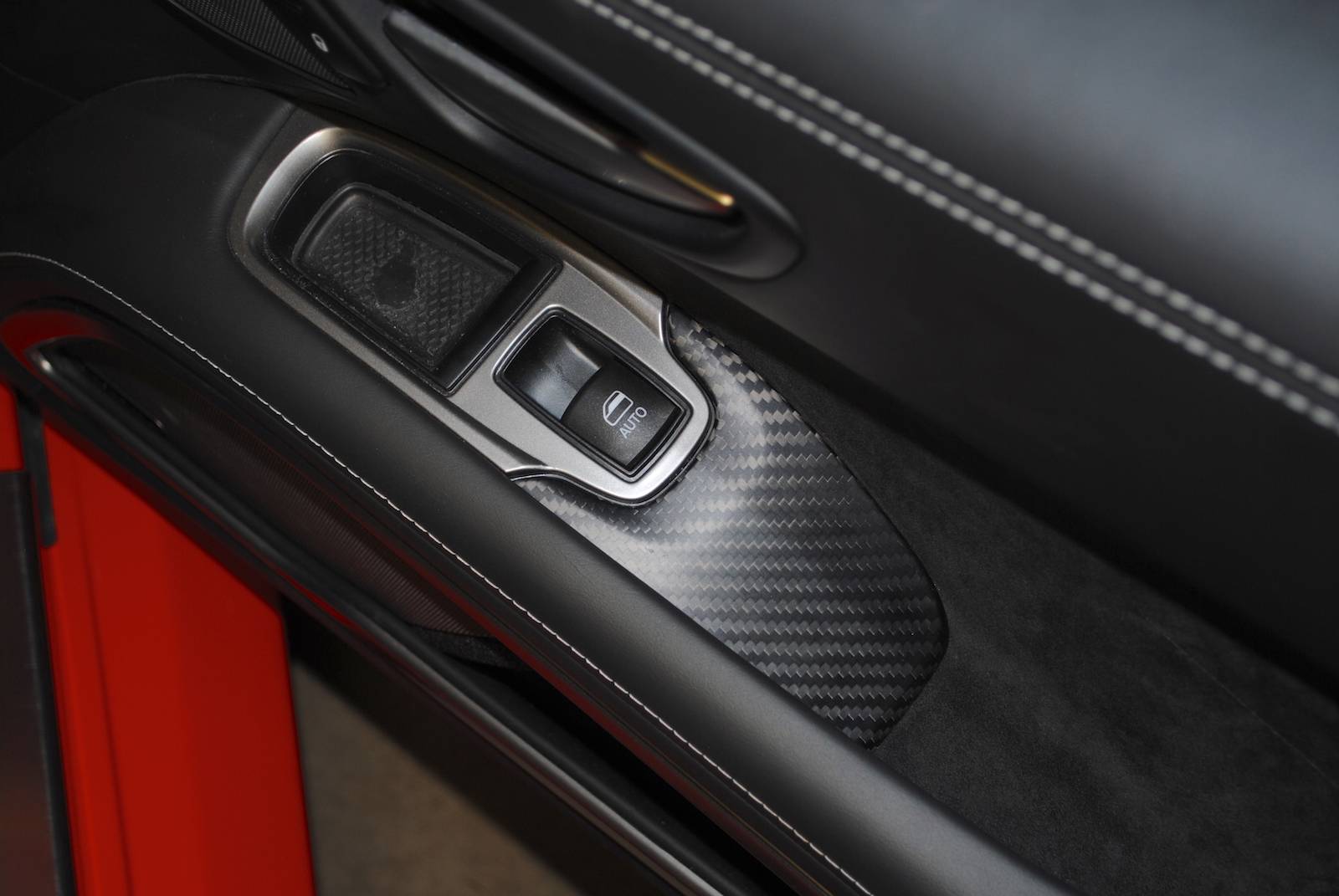
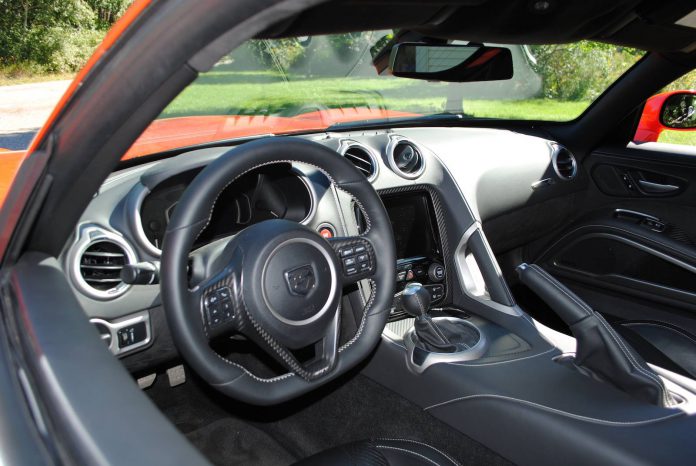
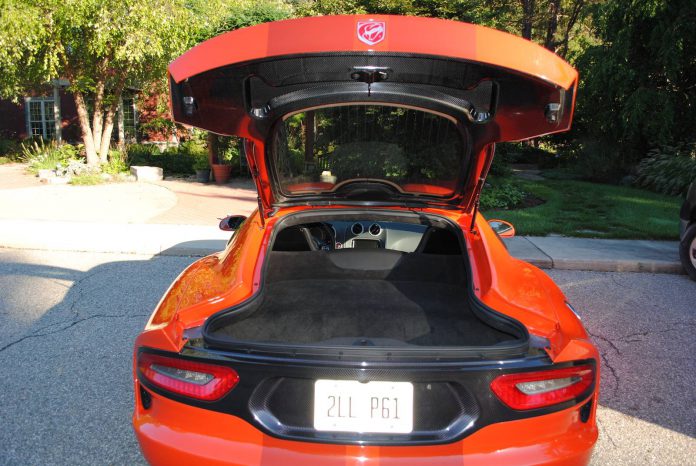











Thank you for the brilliant review. You seem to understand the car a lot better than some so called auto journalists like Jason Cammisa, etc. I felt the same way when I first test drive the 5th gen Viper. I have a ’17 Viper SRT on order and can’t wait to drive the beast to my hearts content. Cheers
*drove
This is might be the best car review i’ve readen in my life. Congrats.
This might be the best car review i’ve read in my life*.